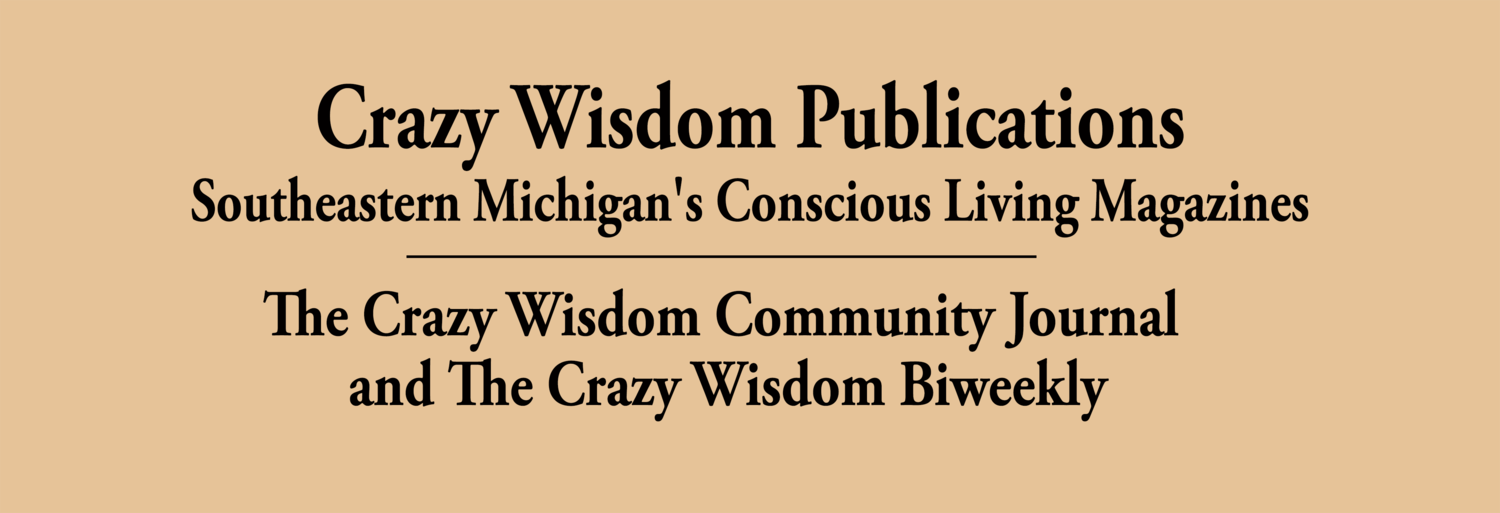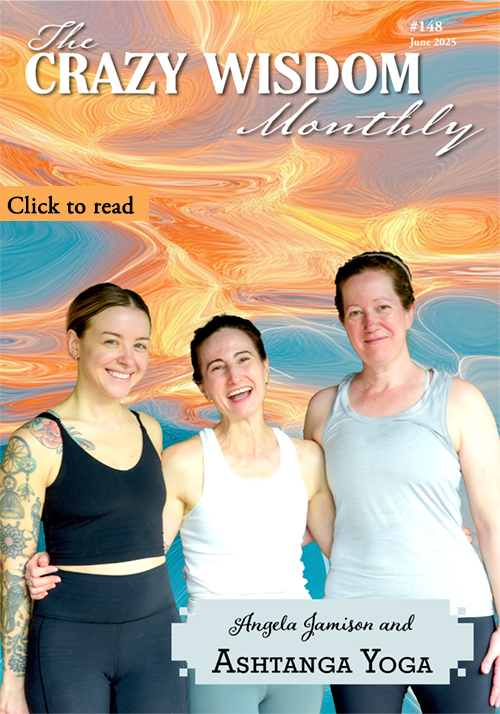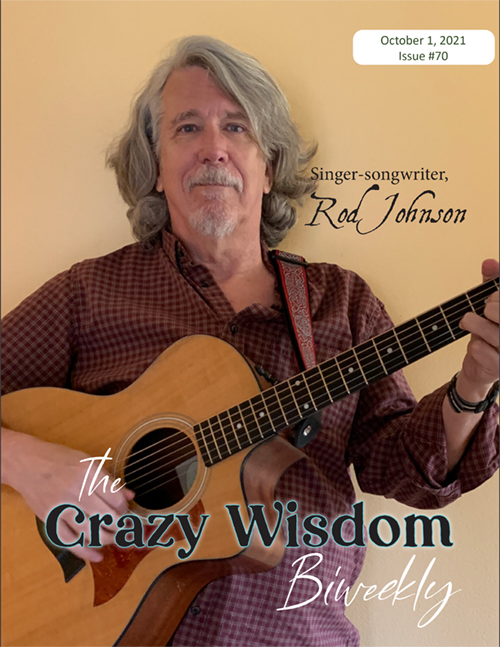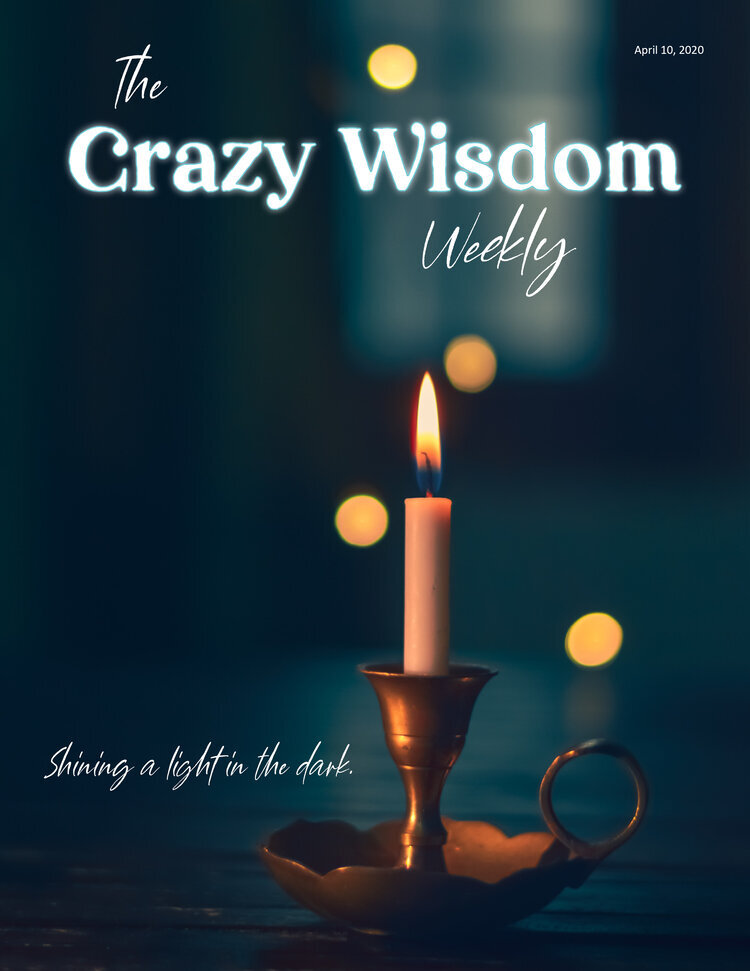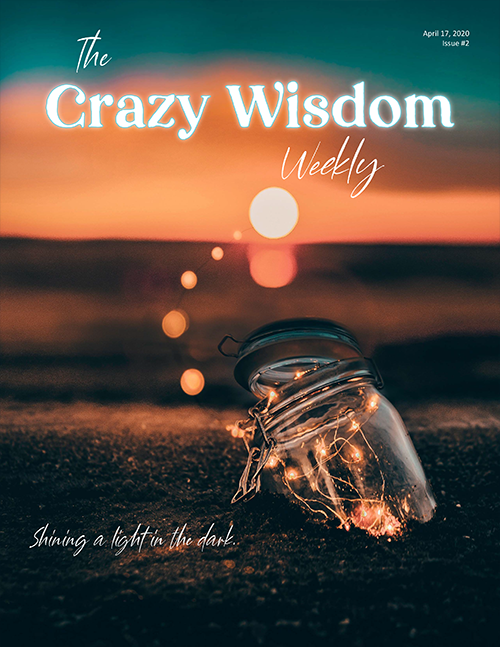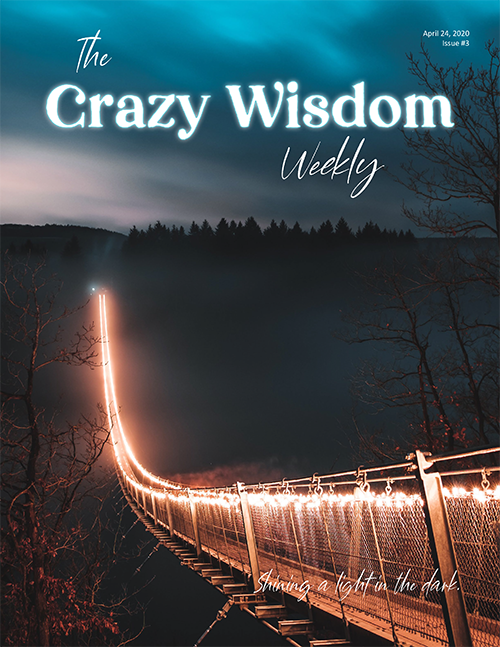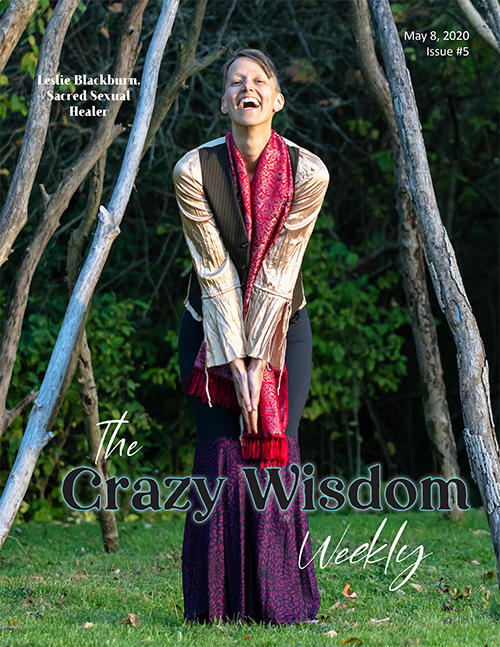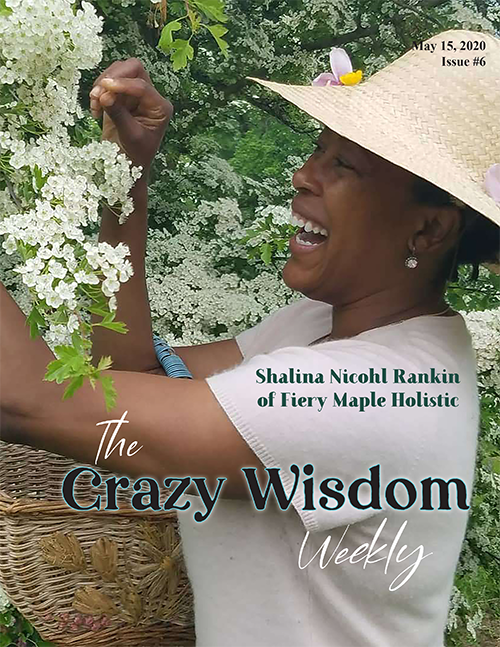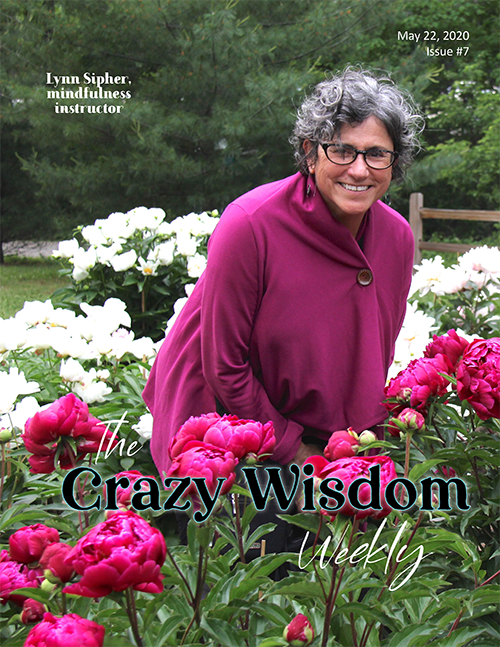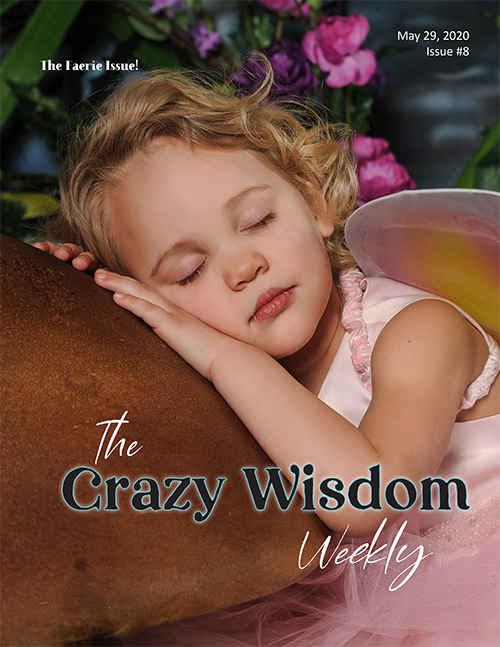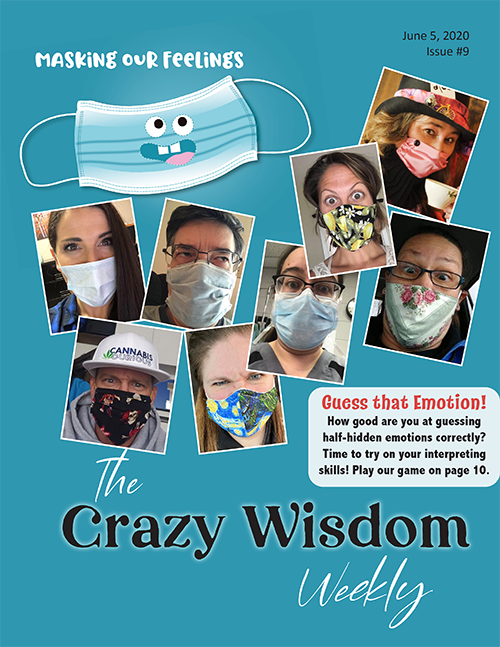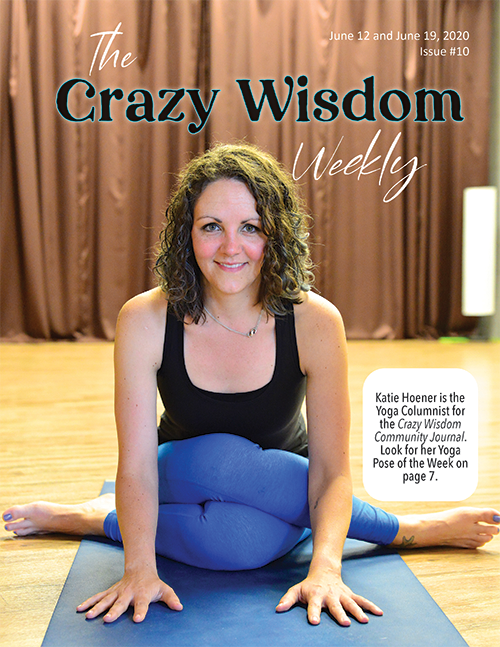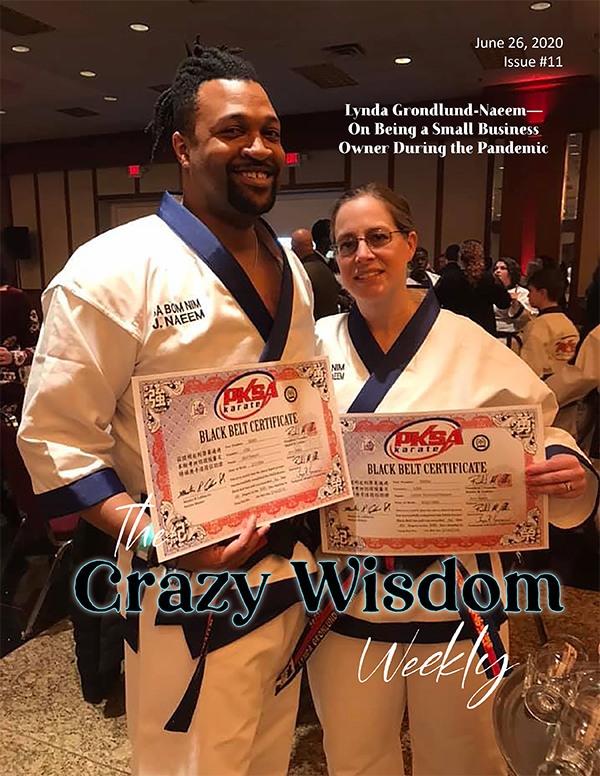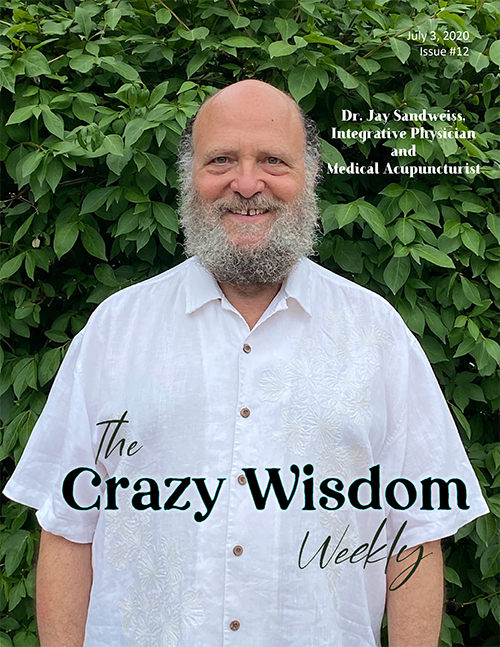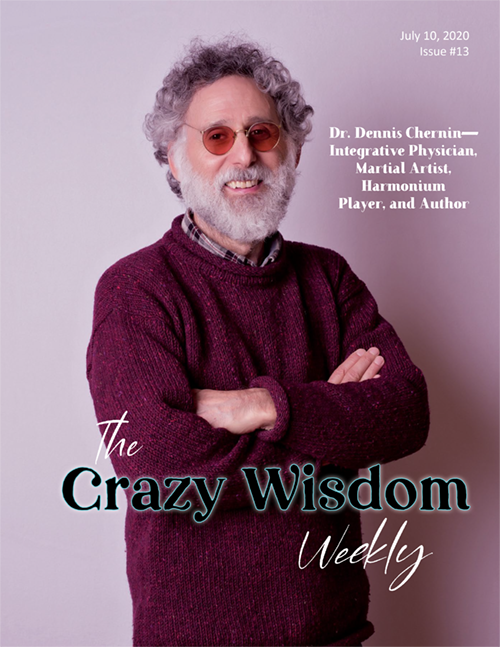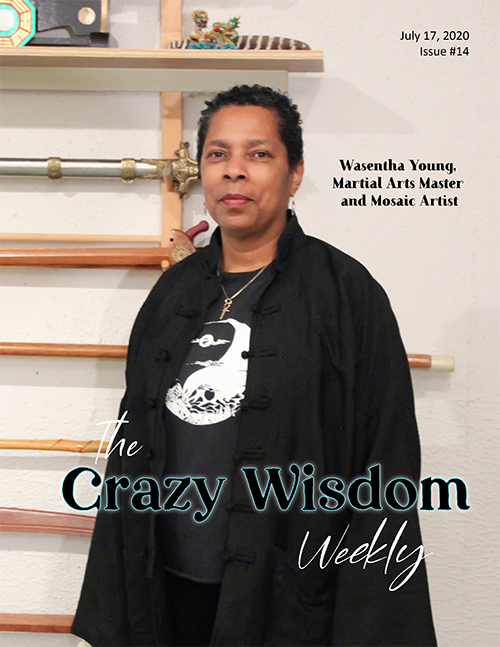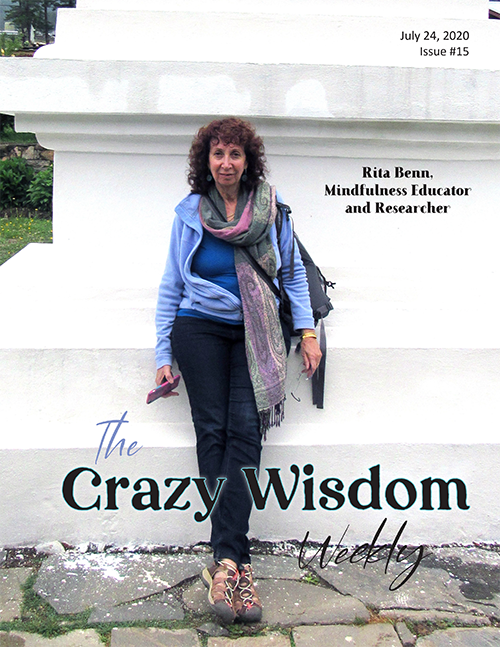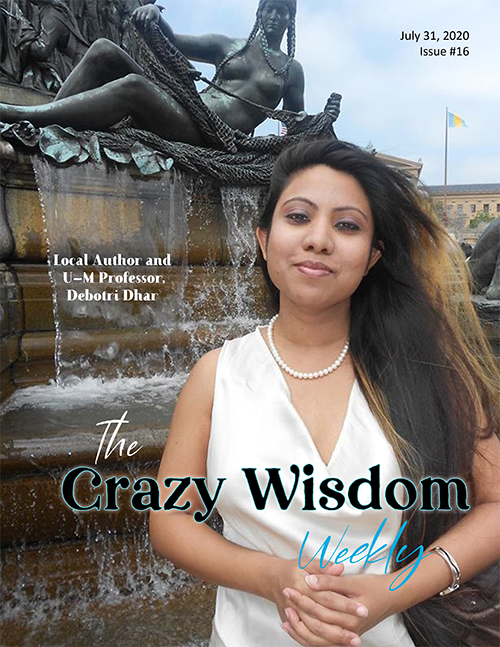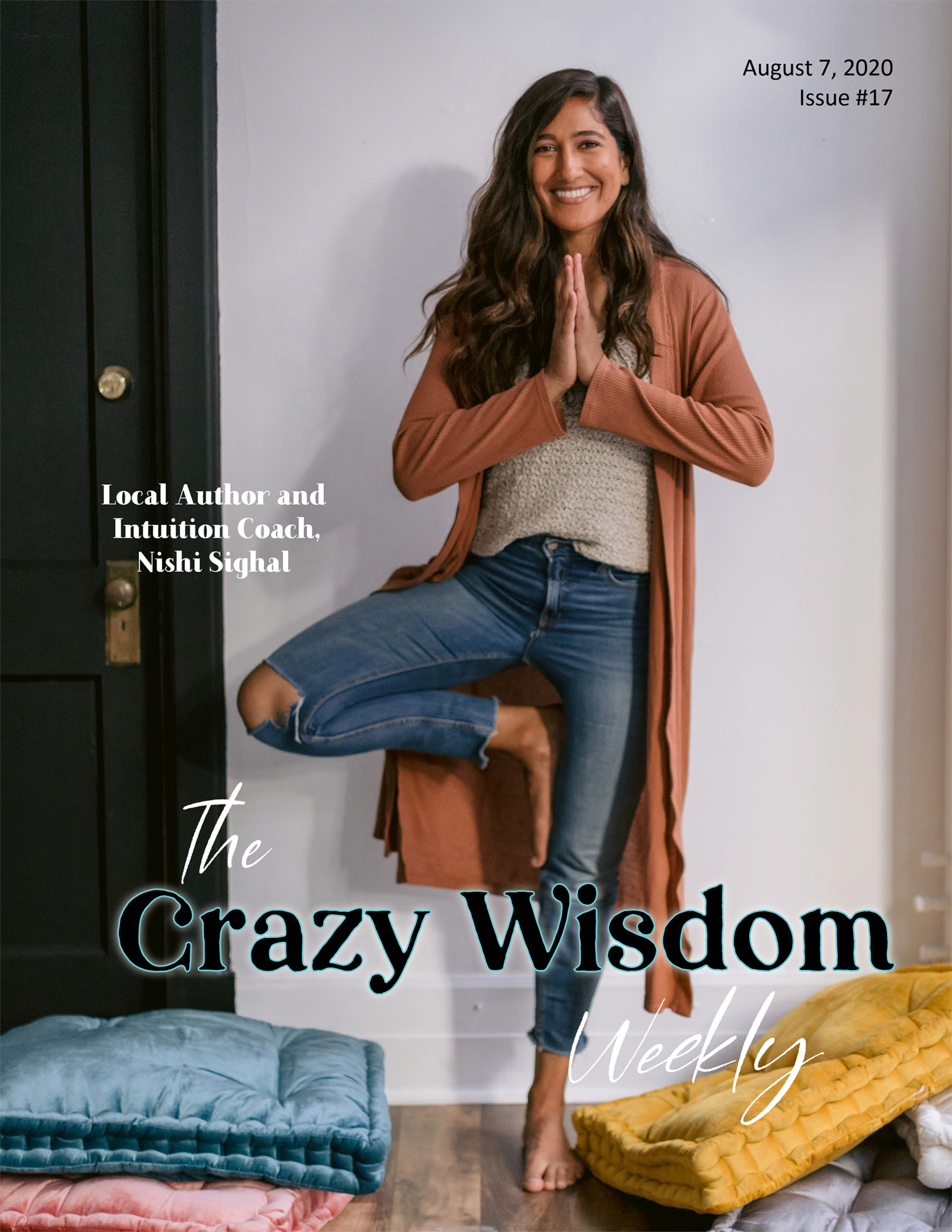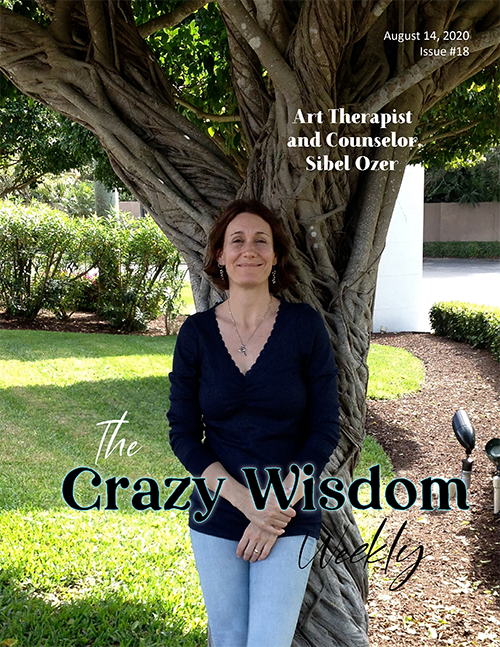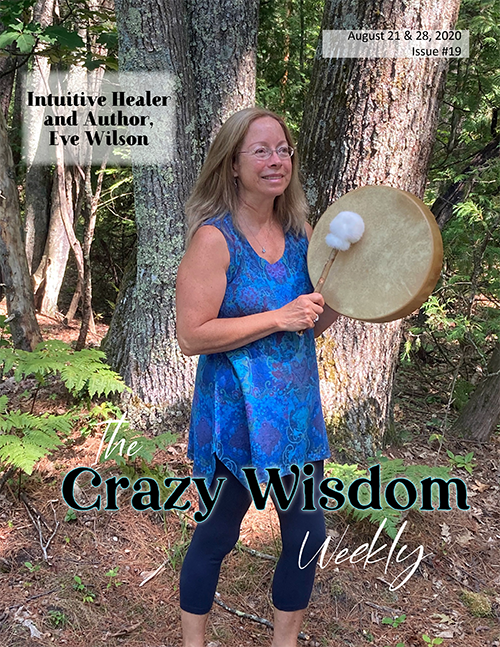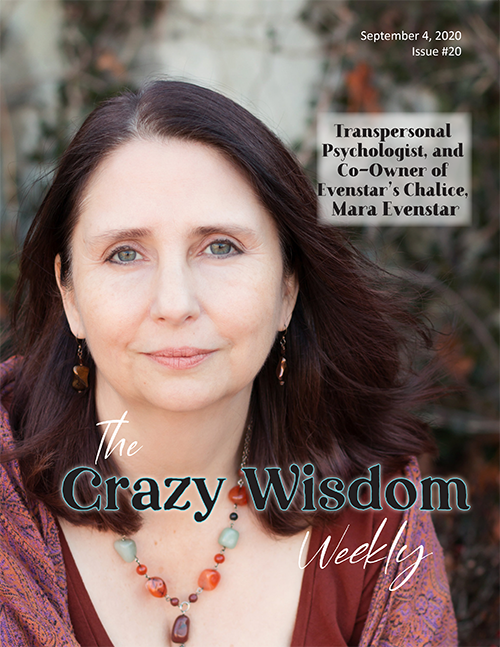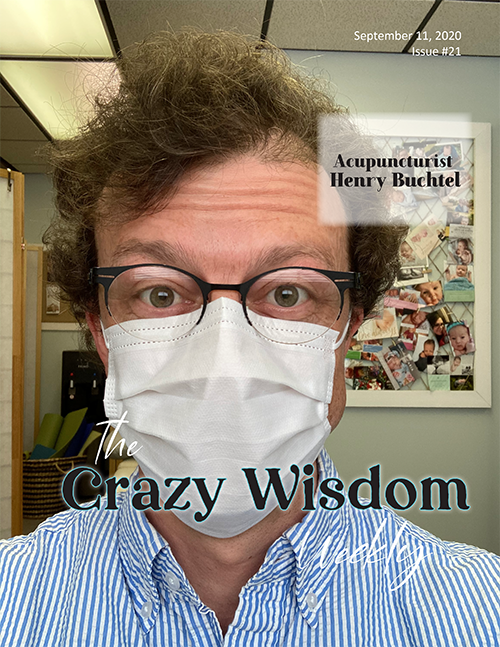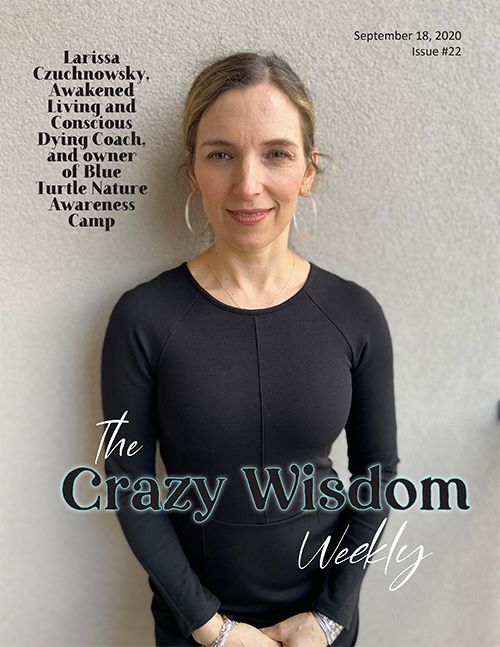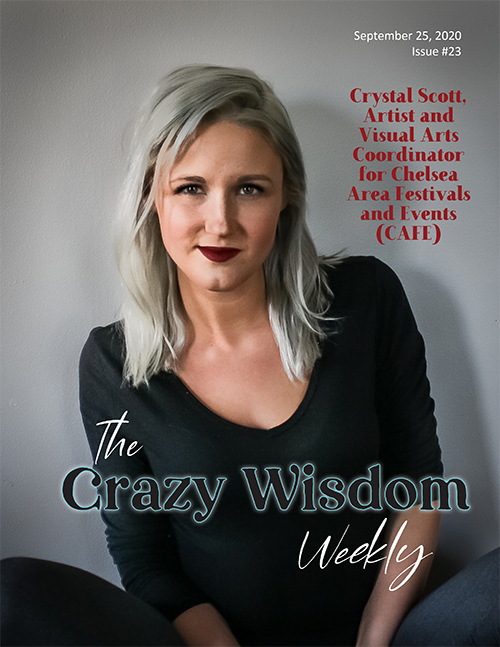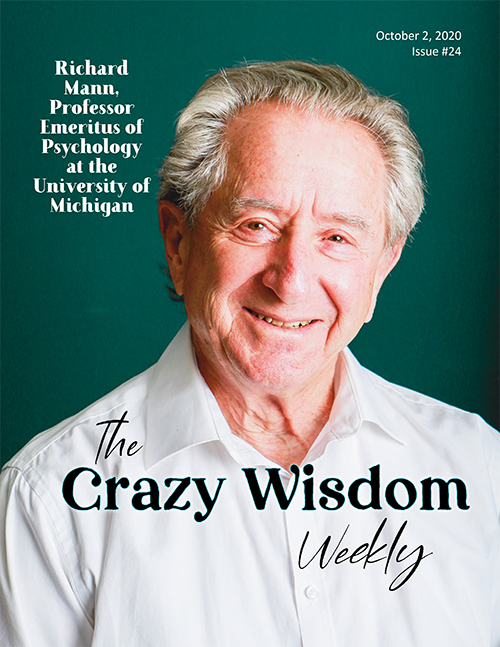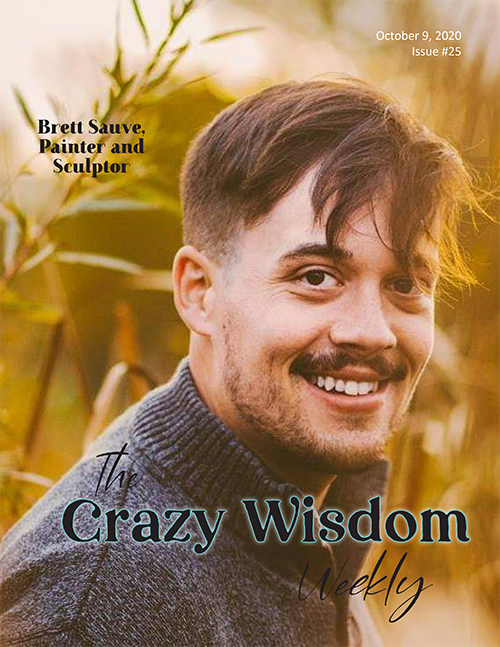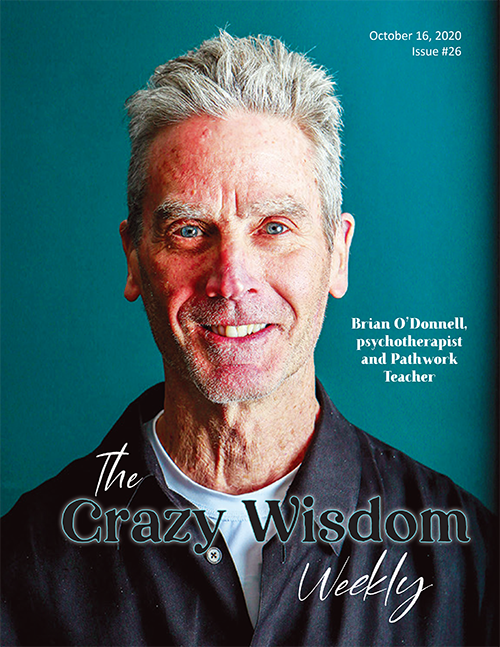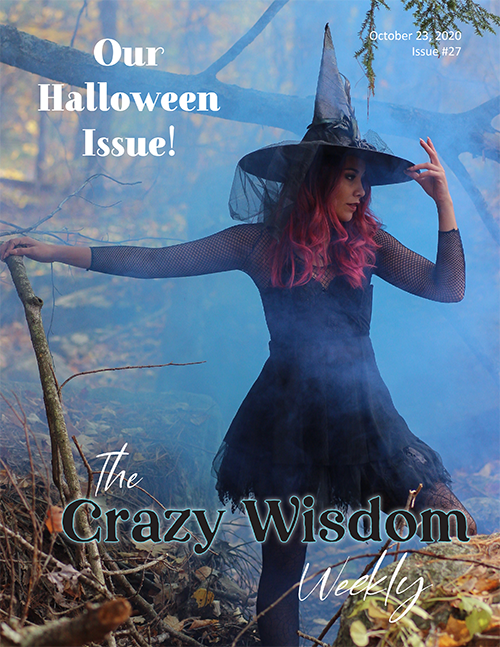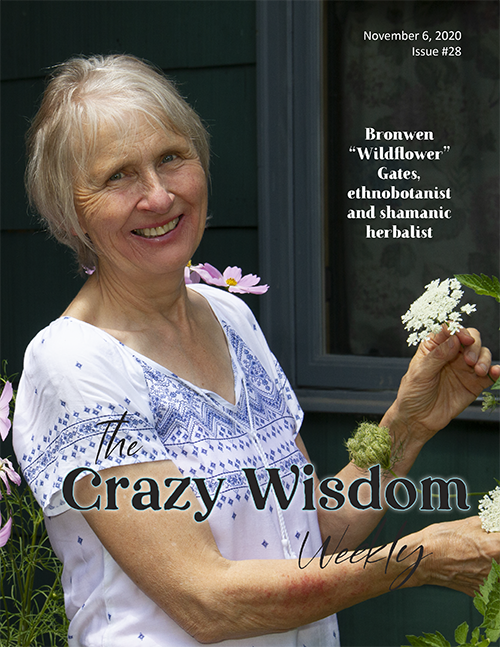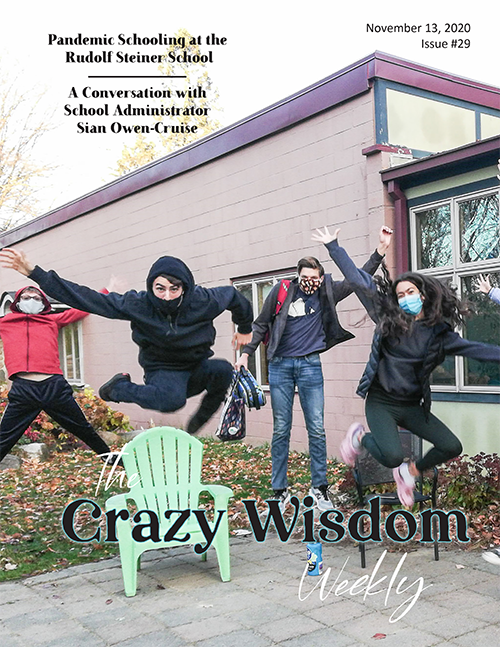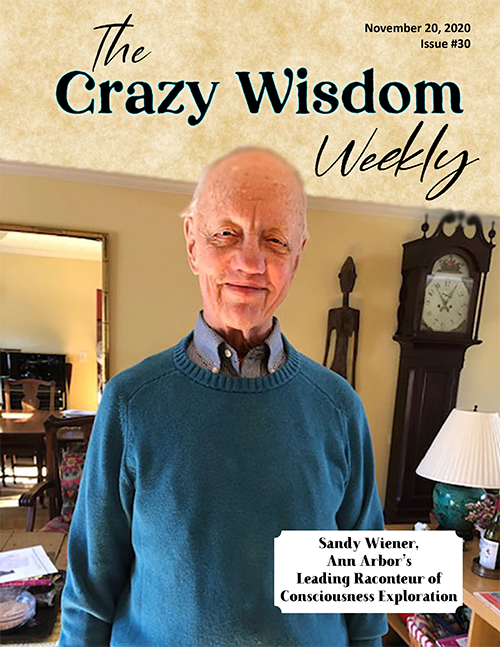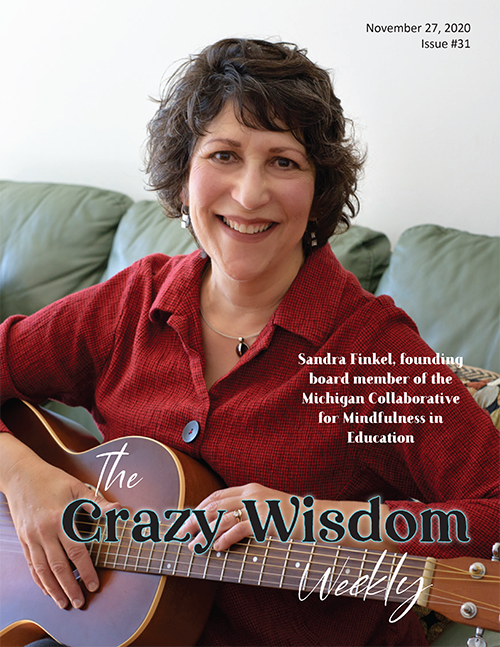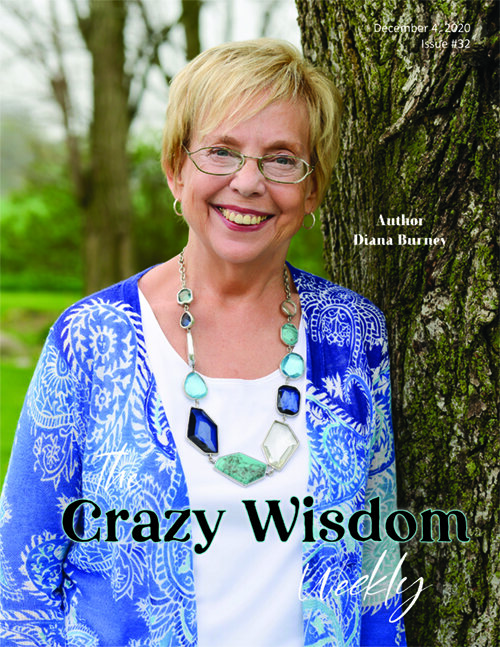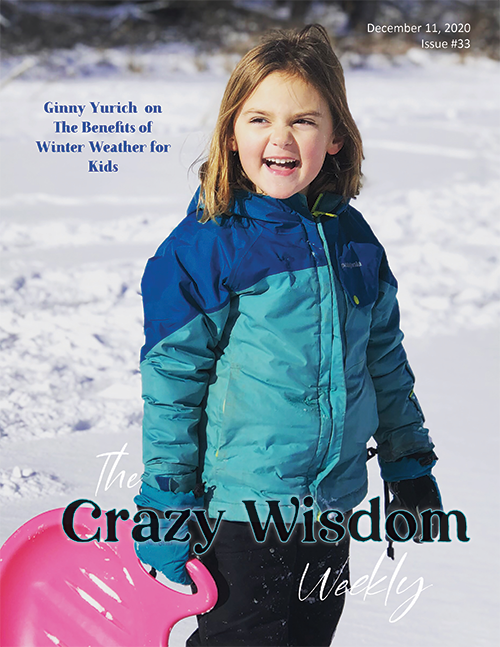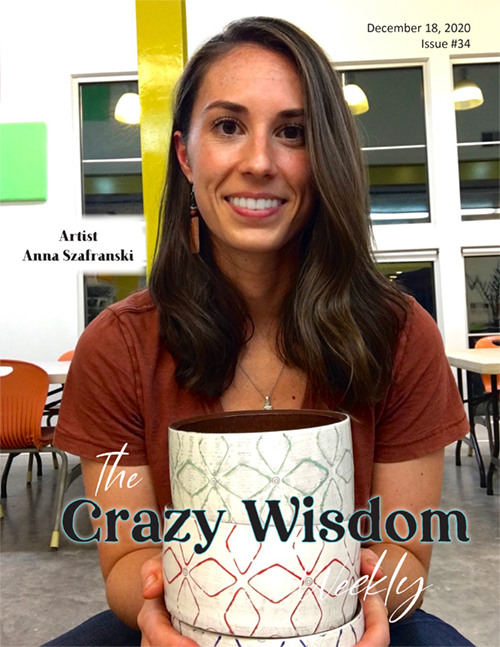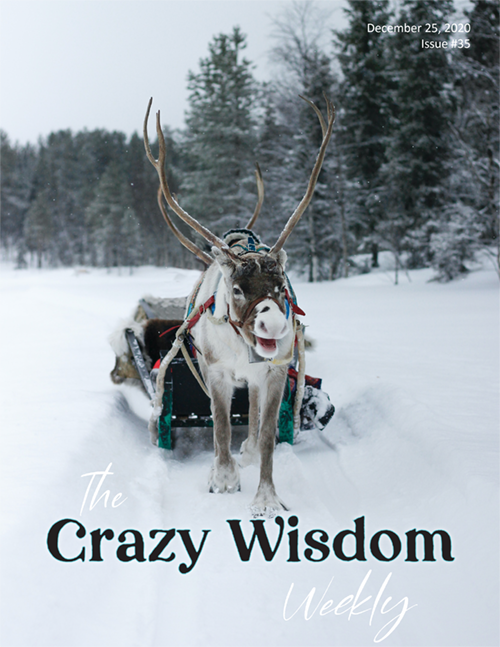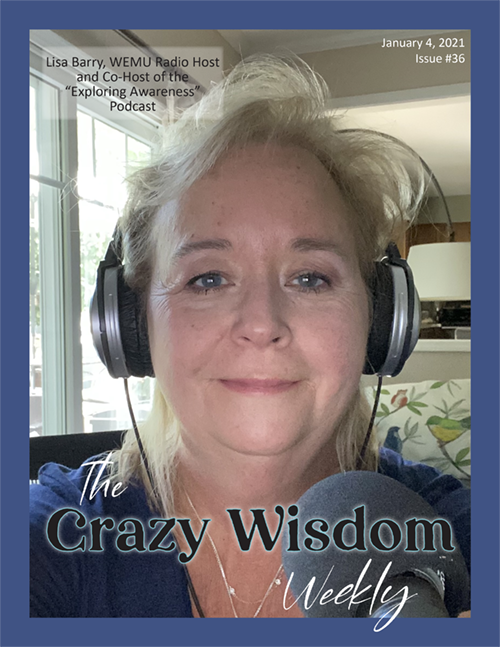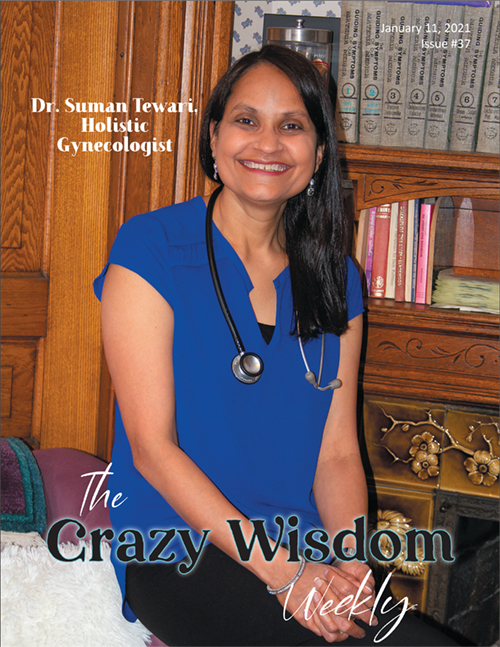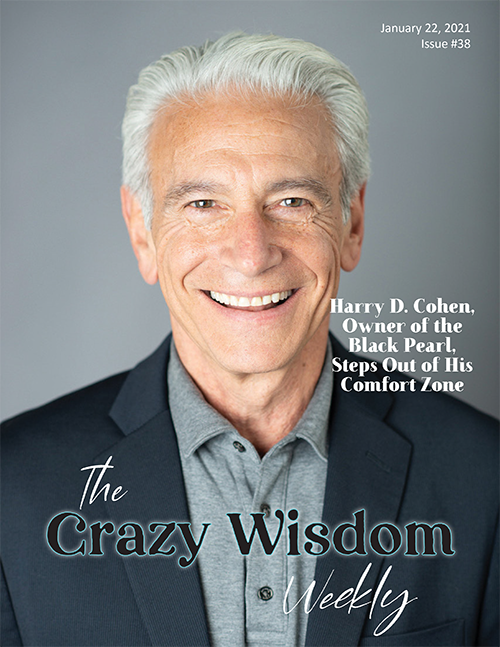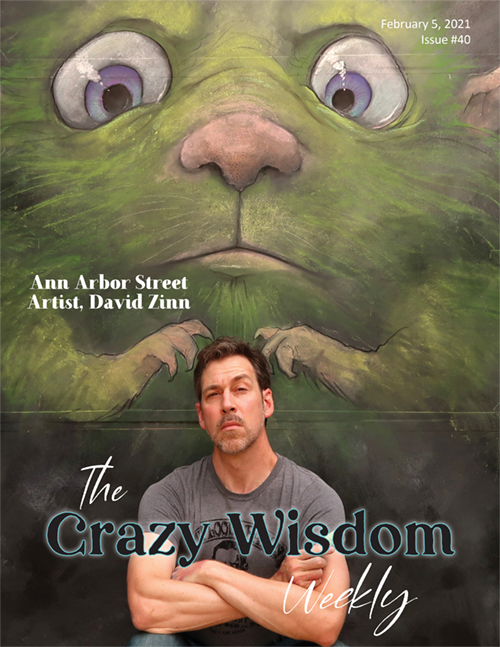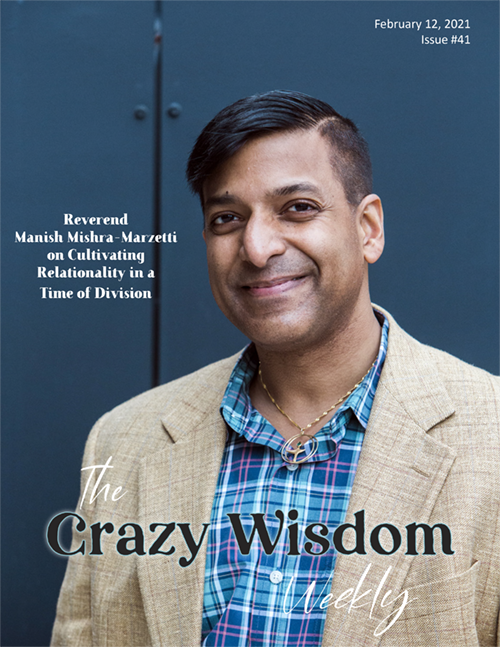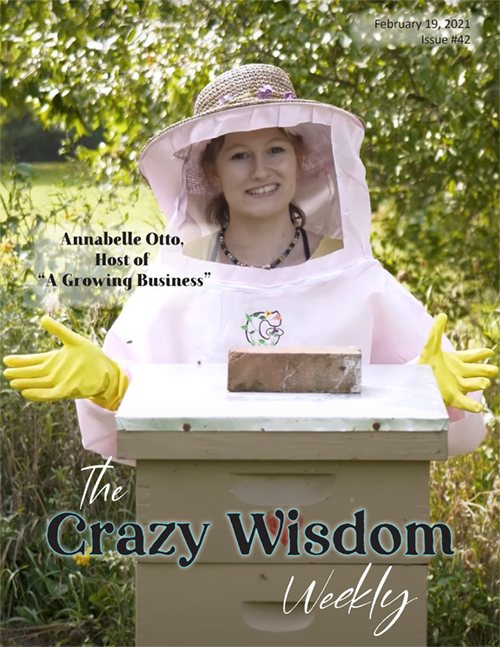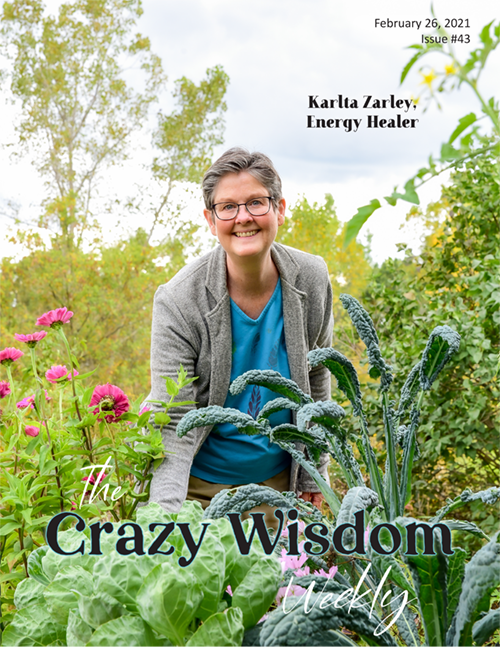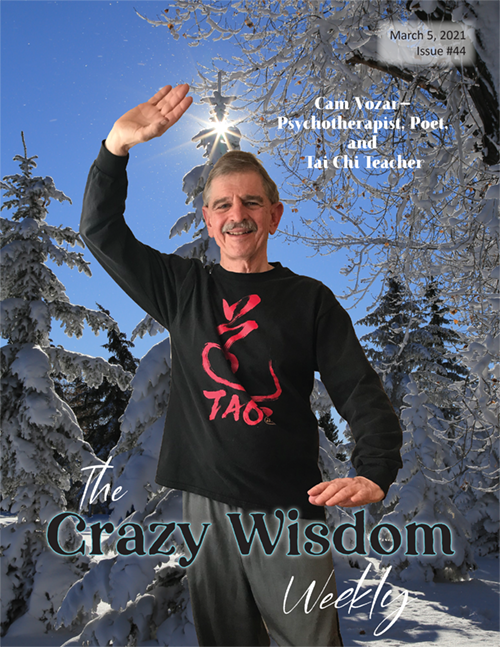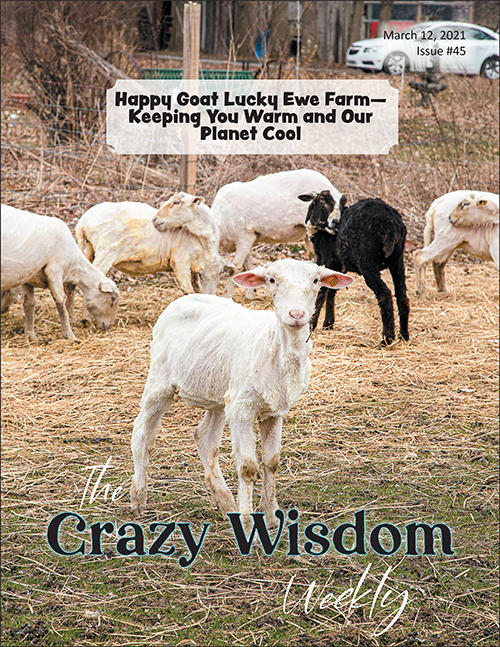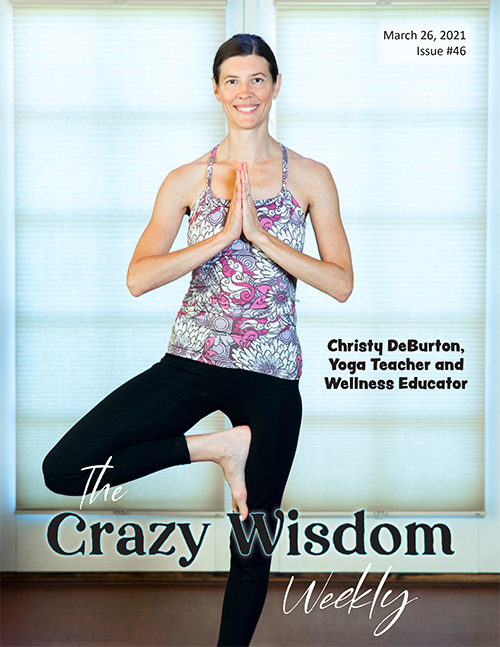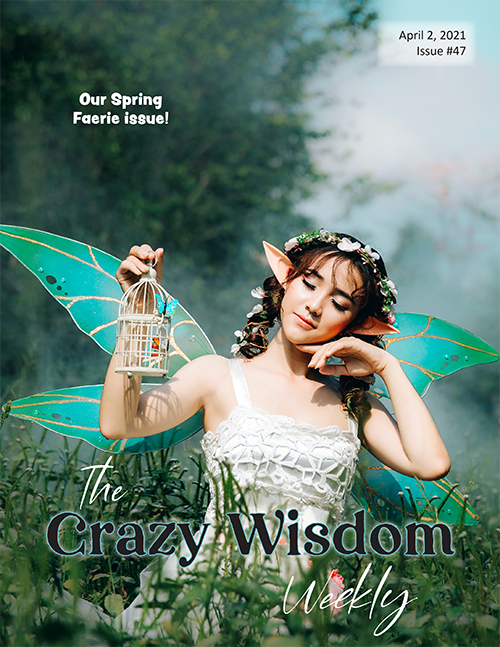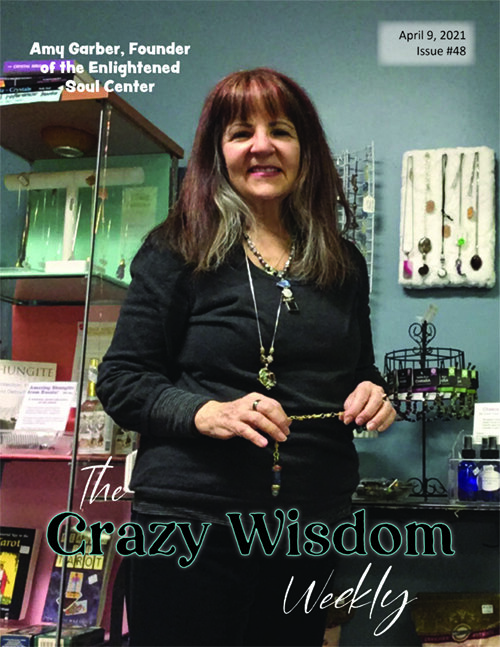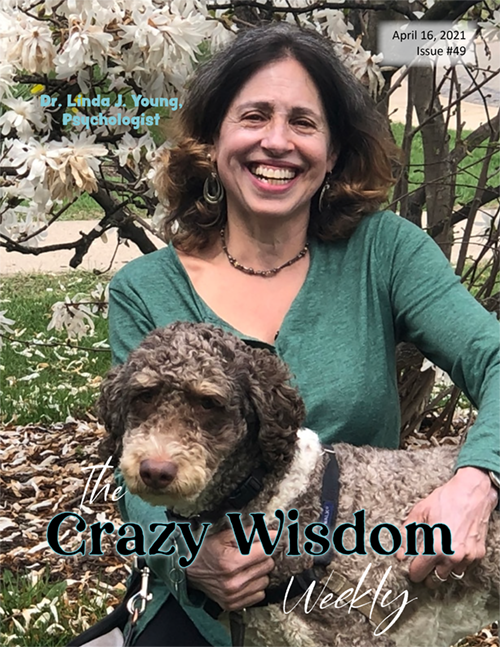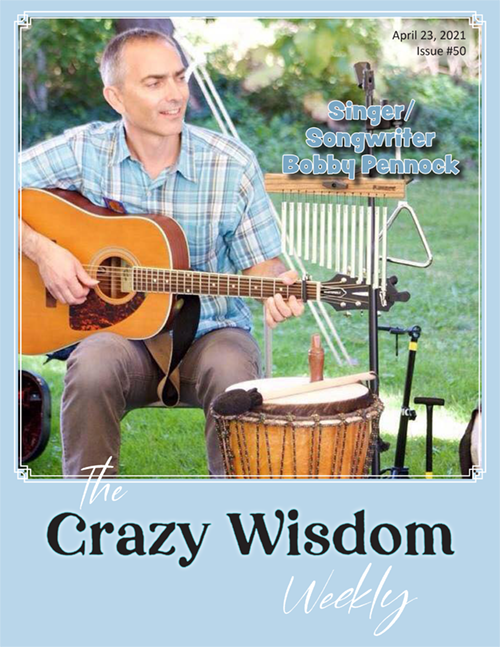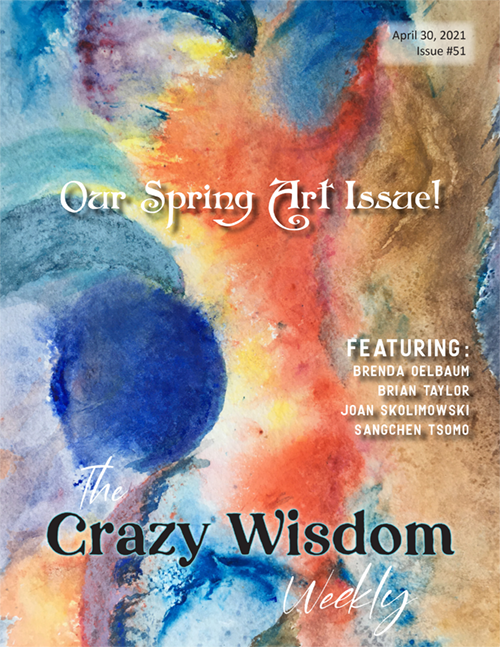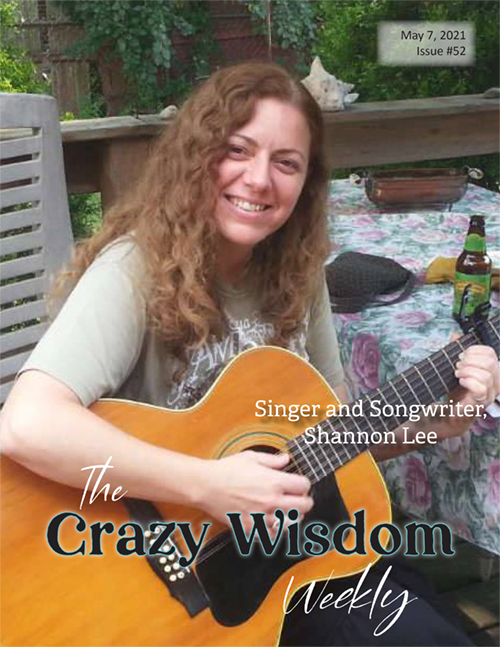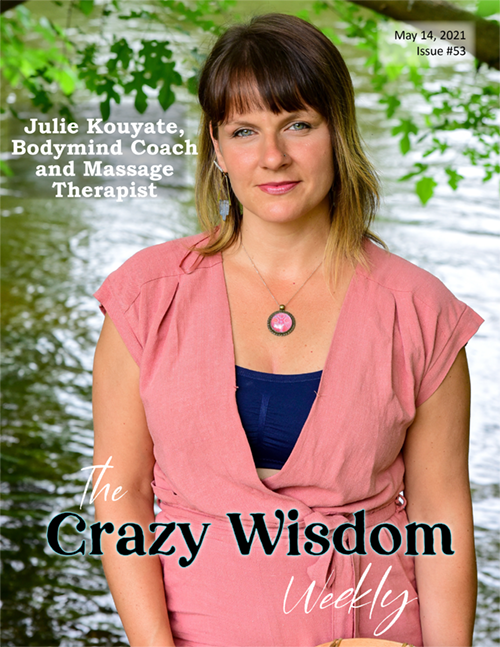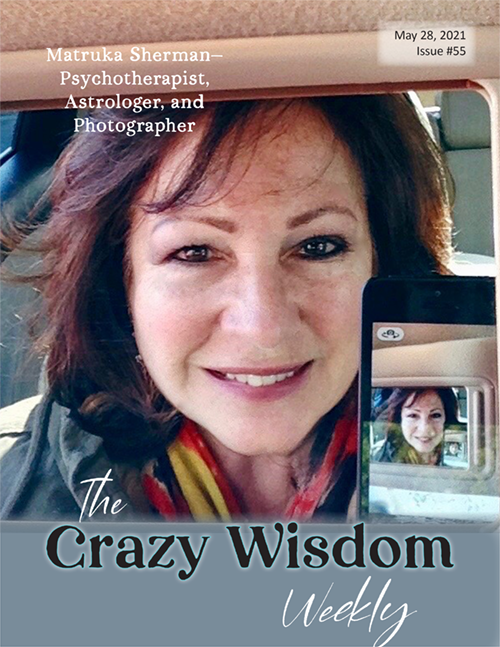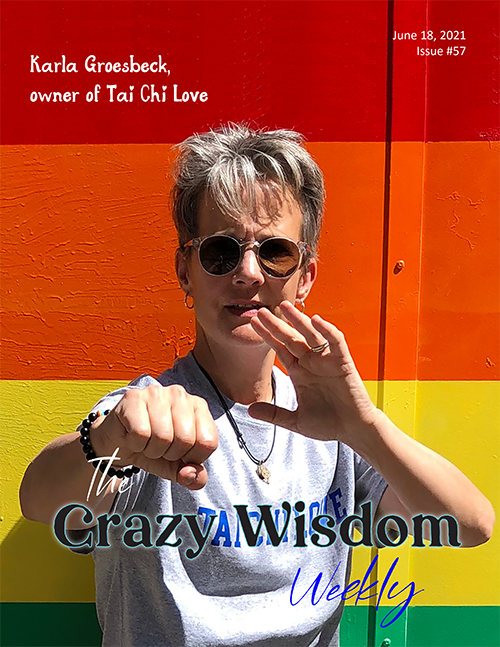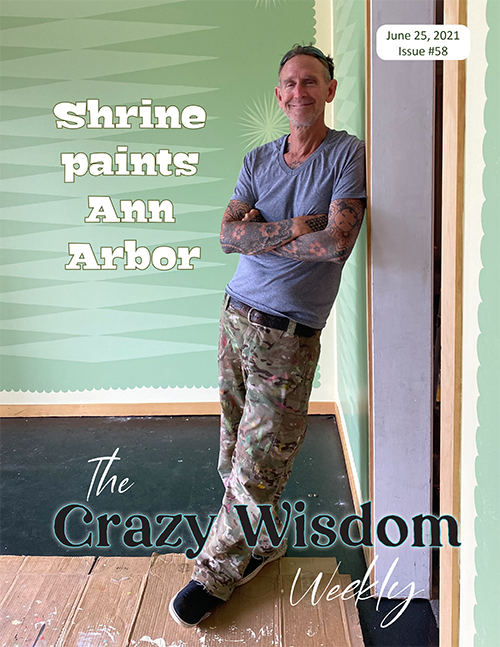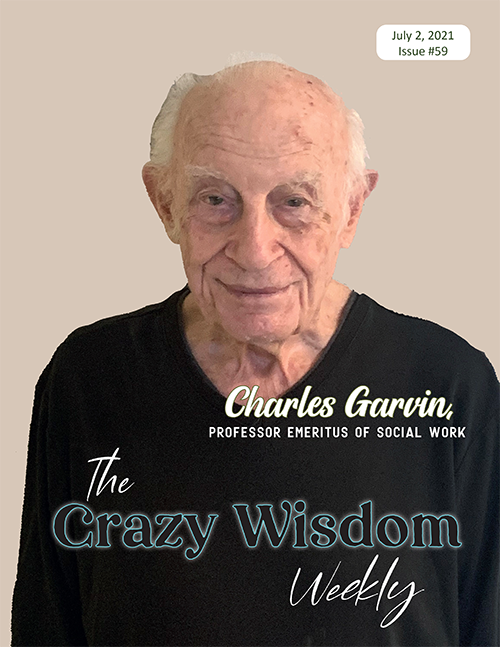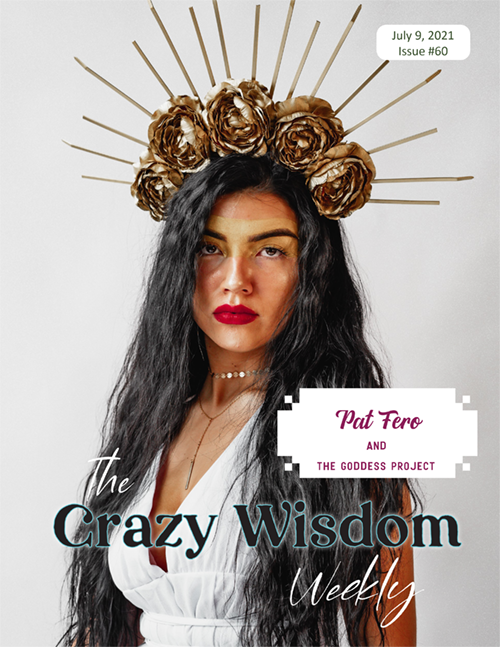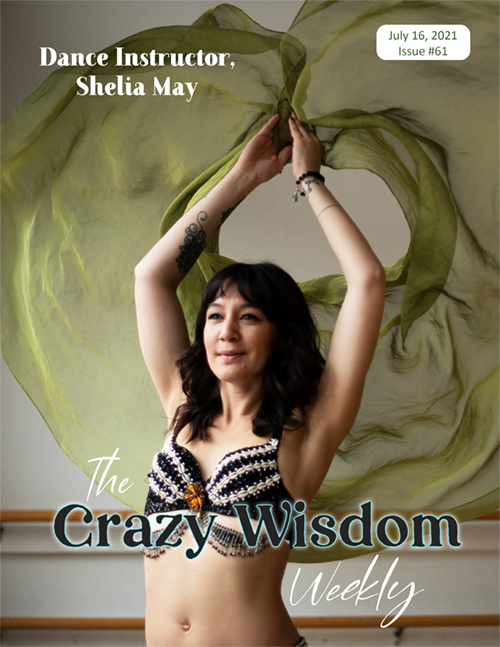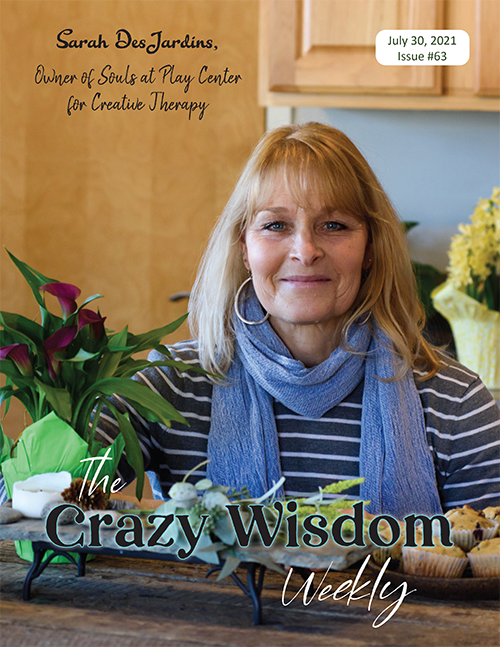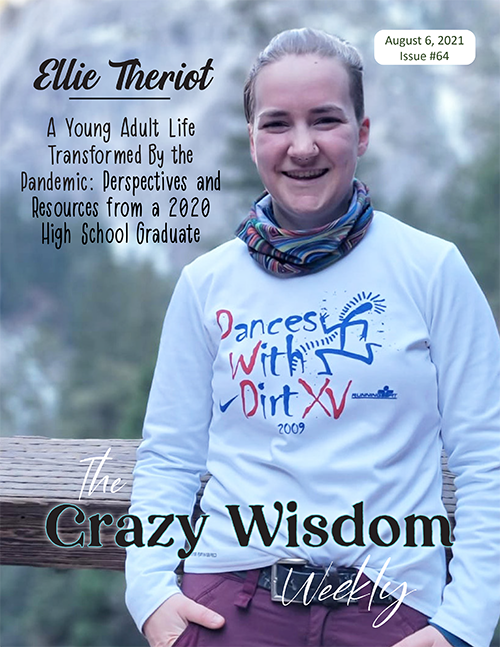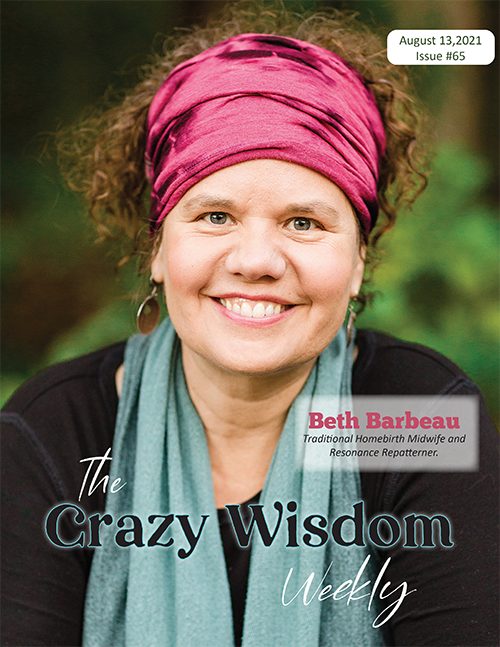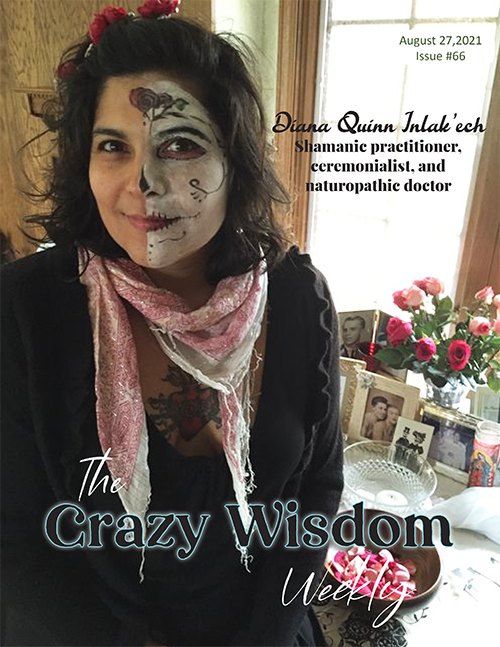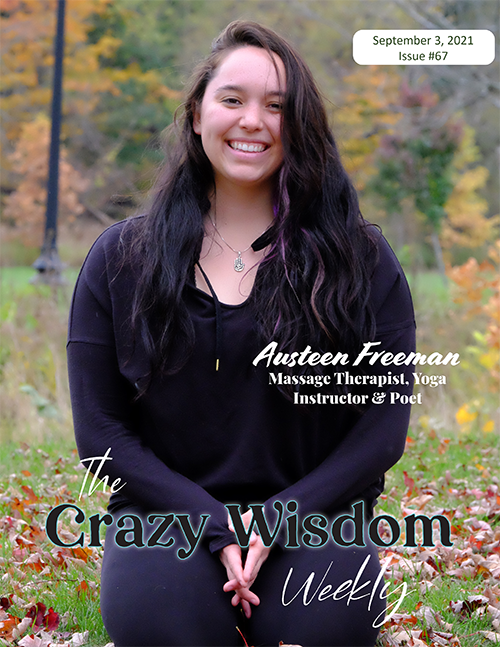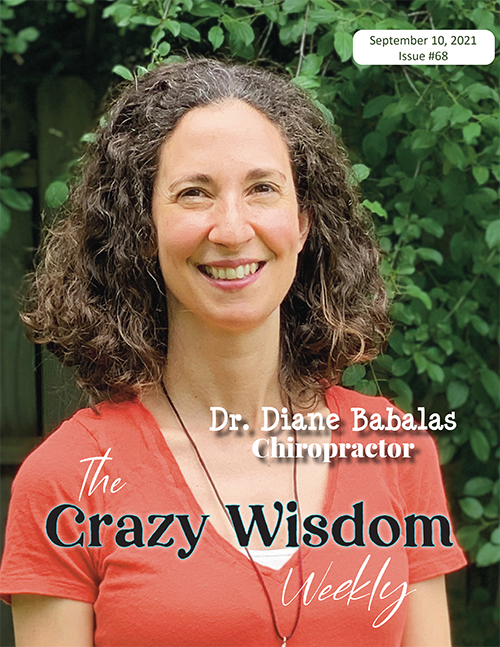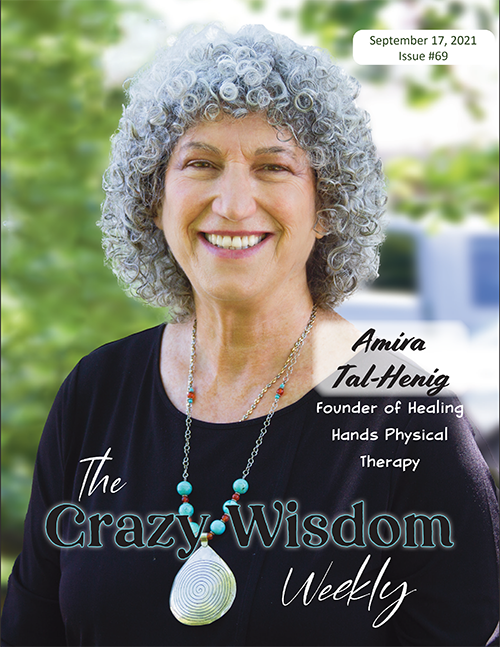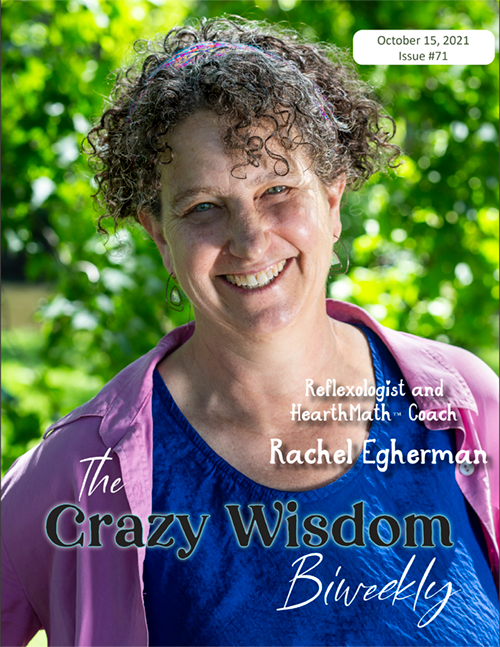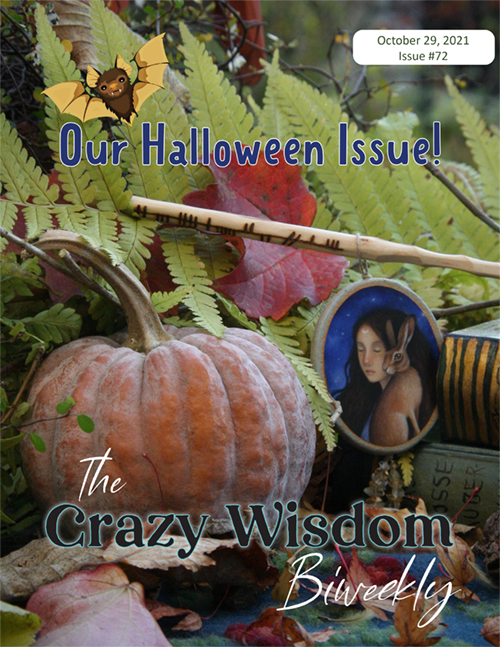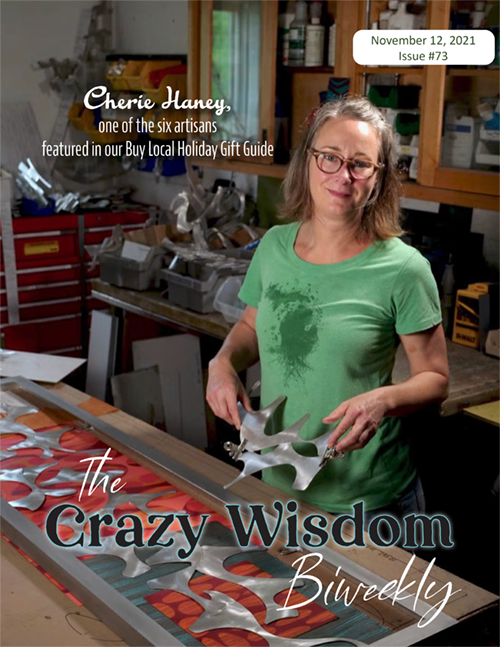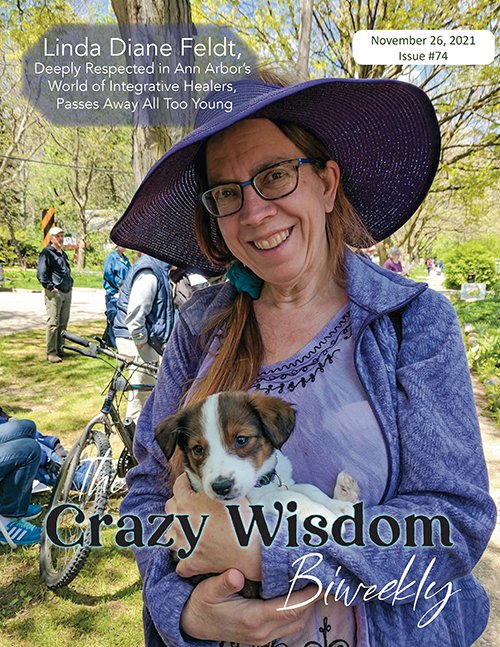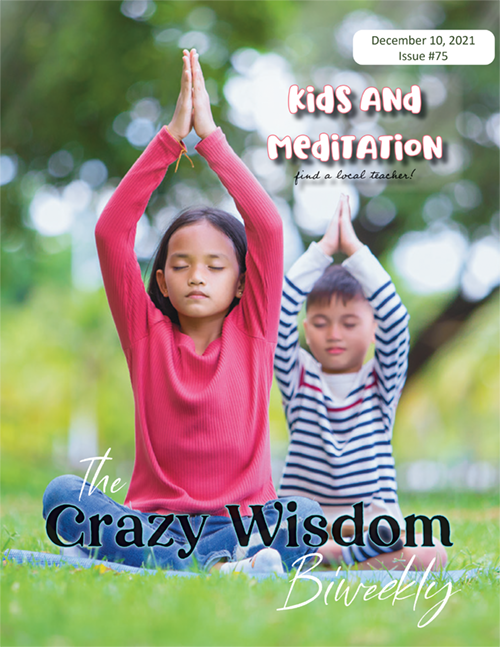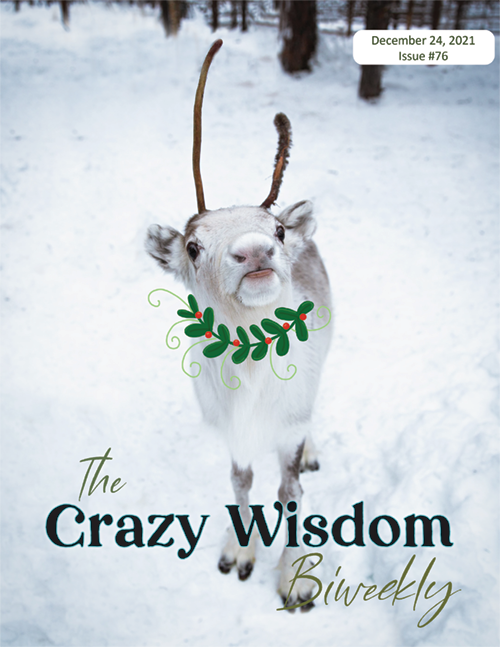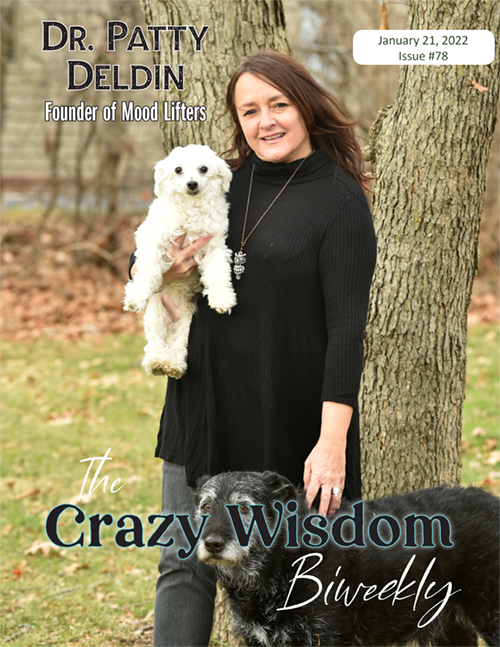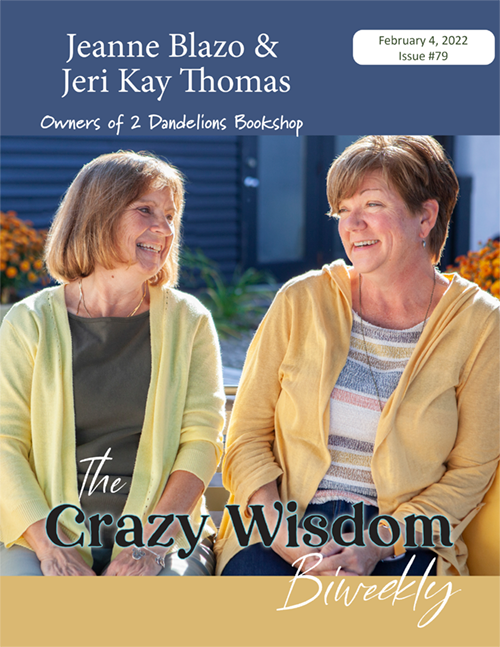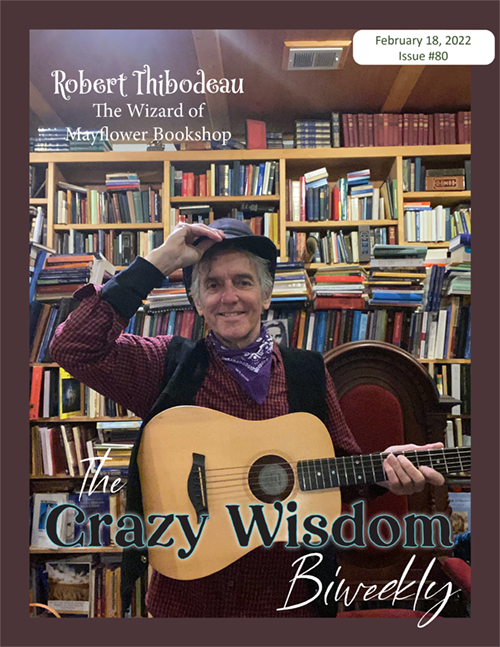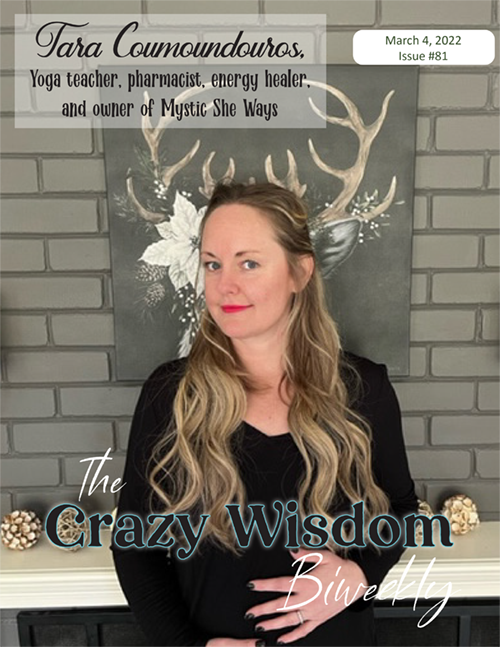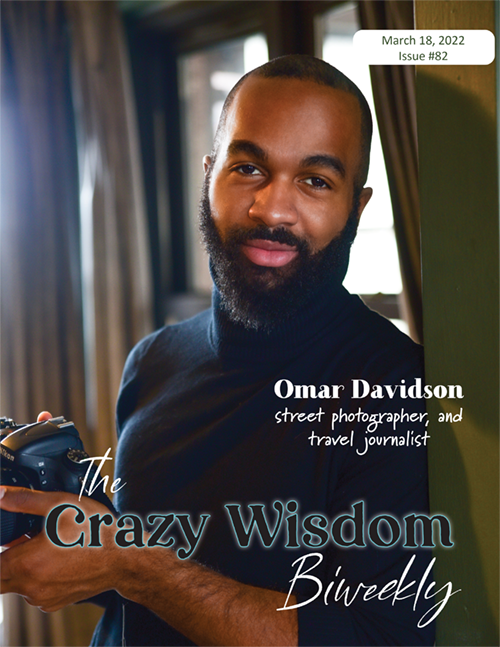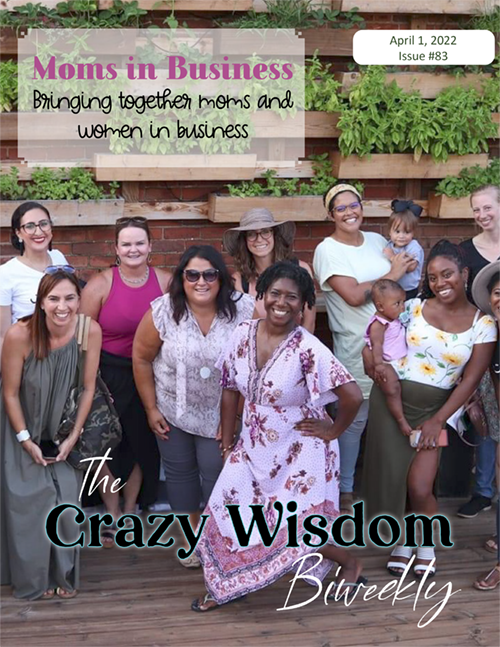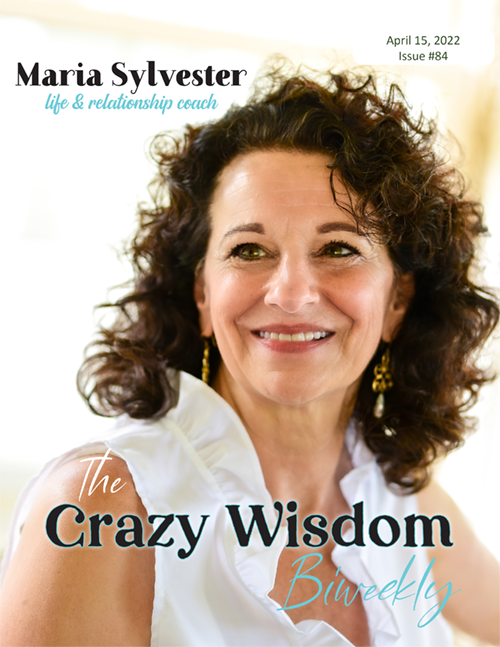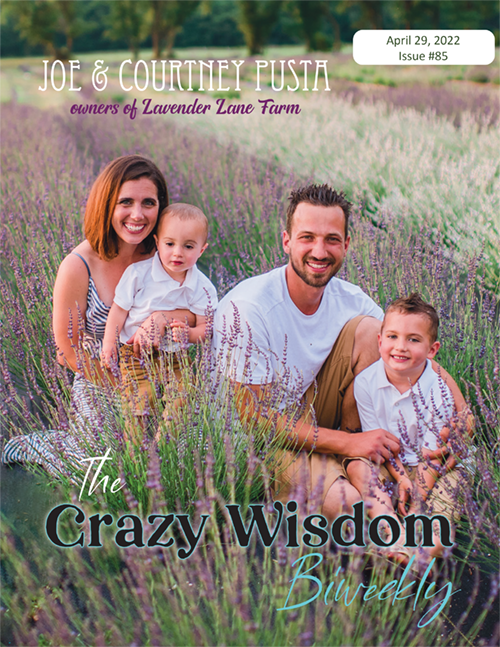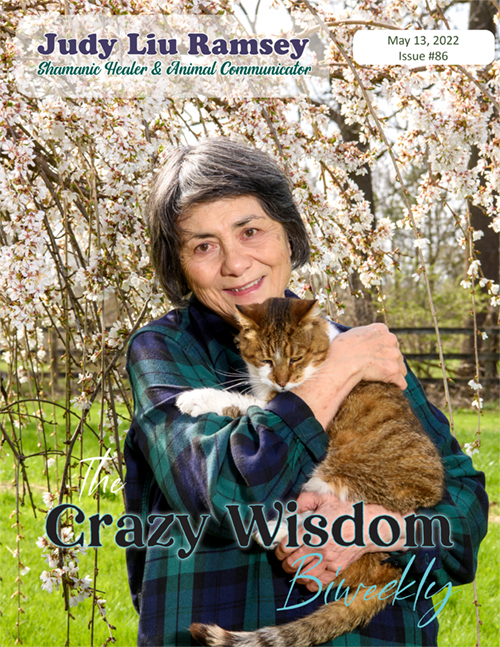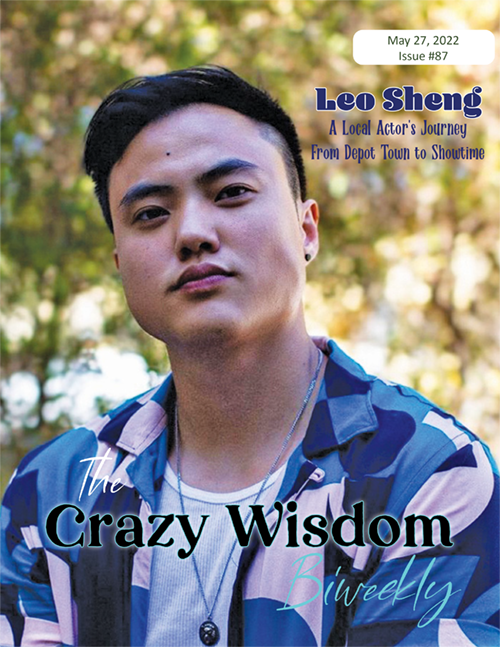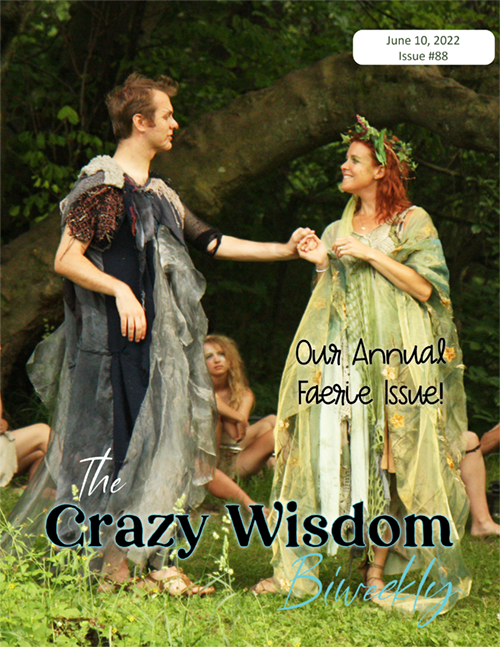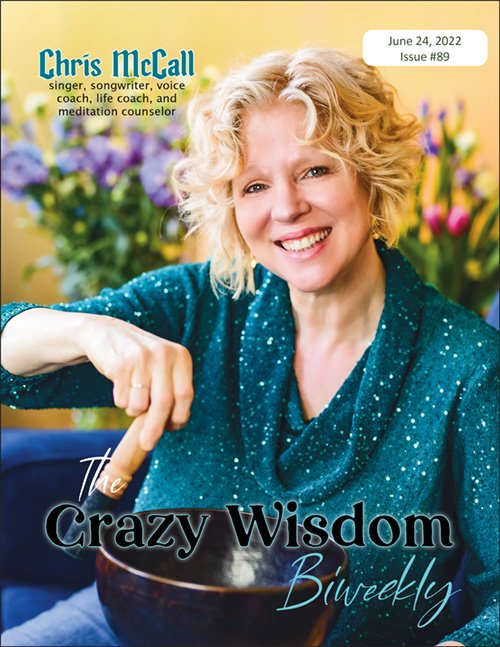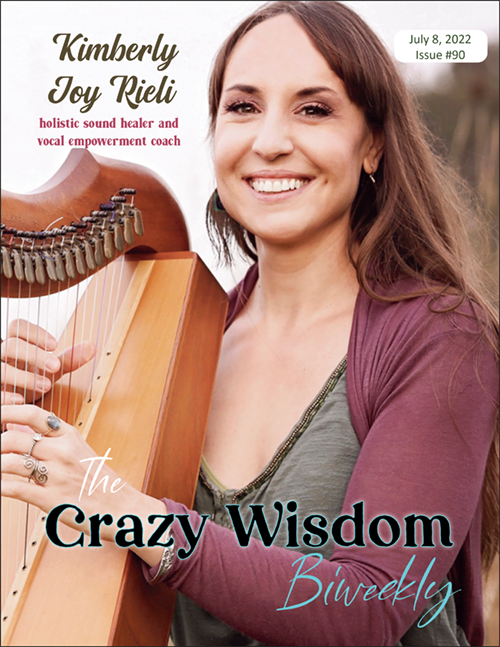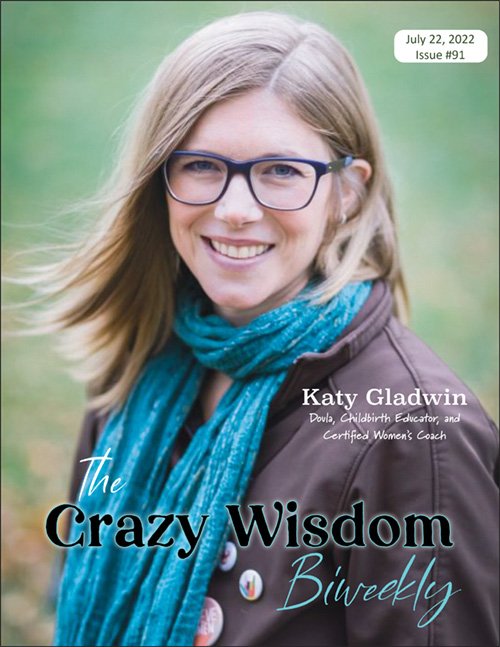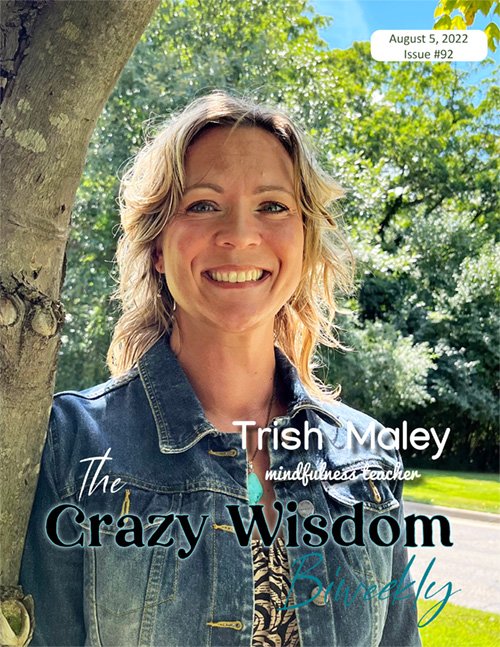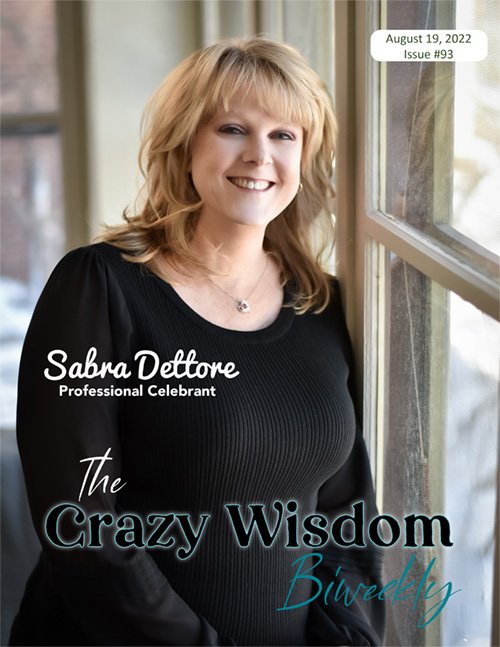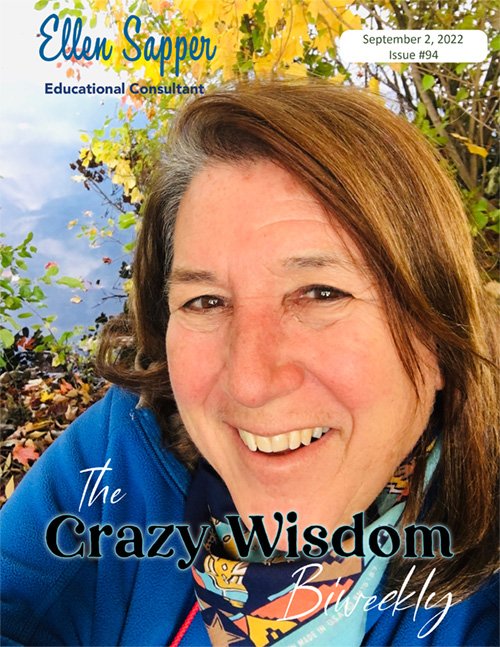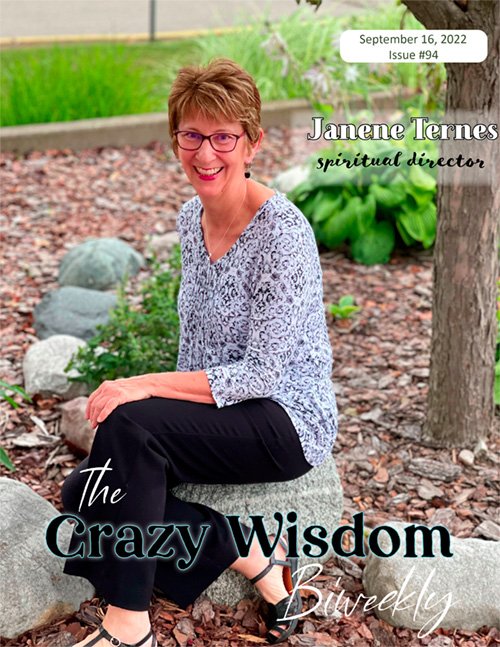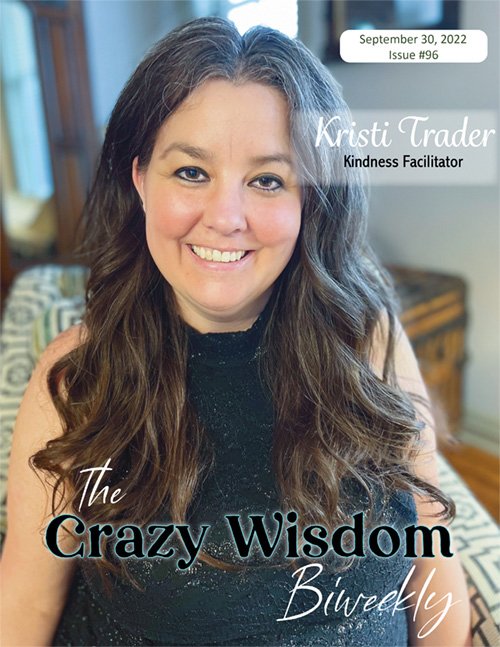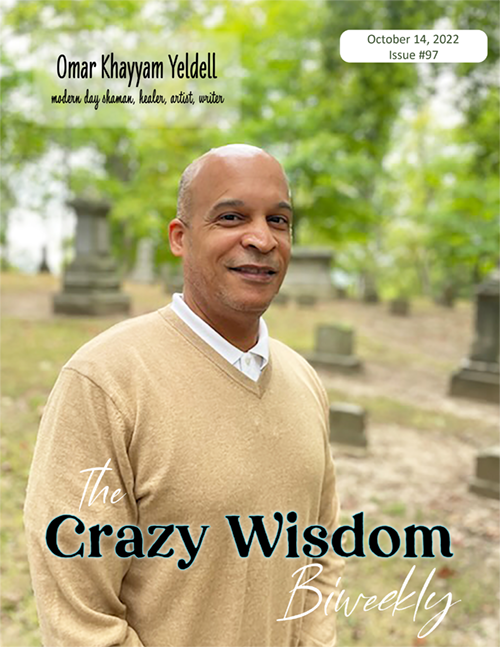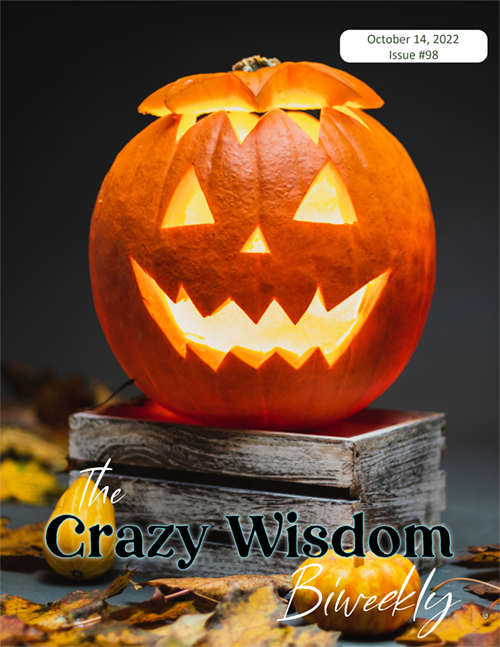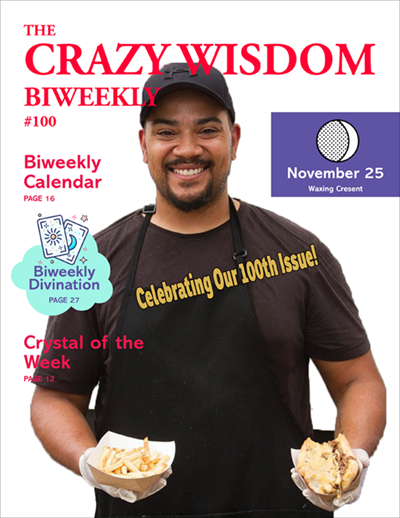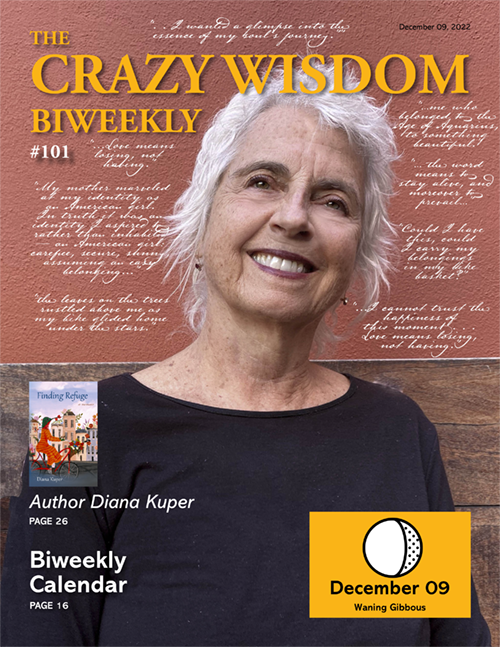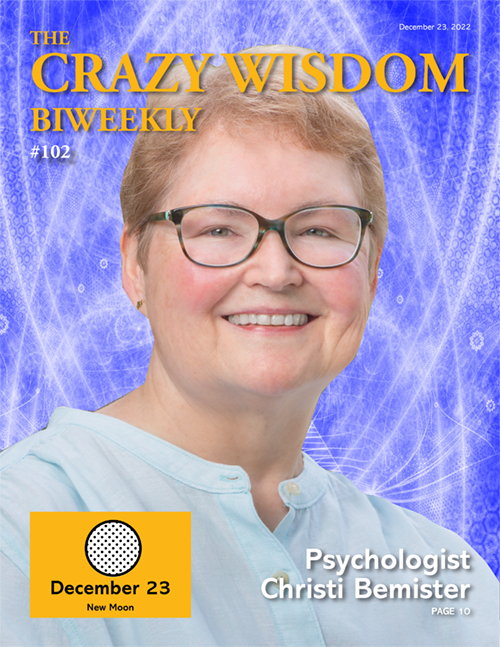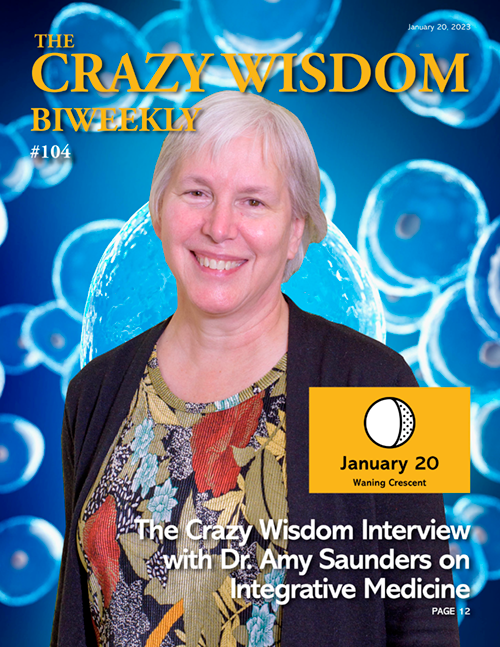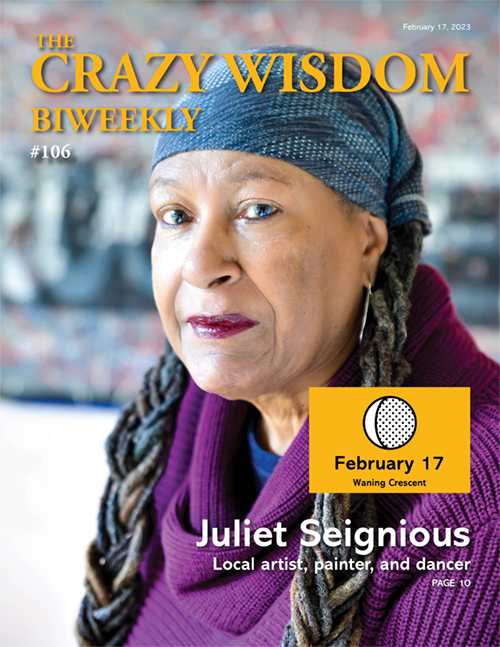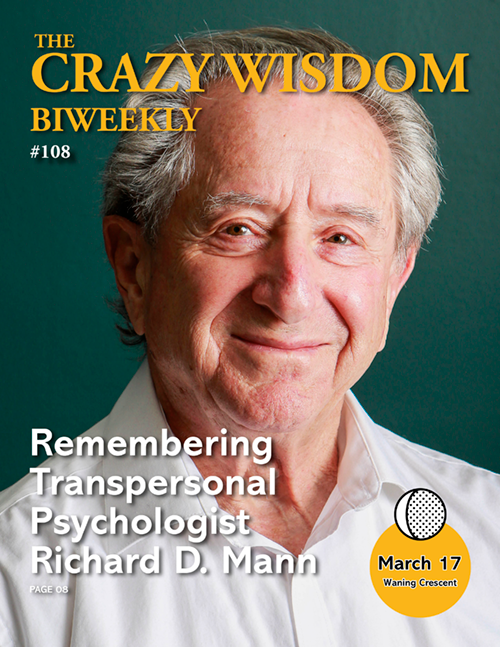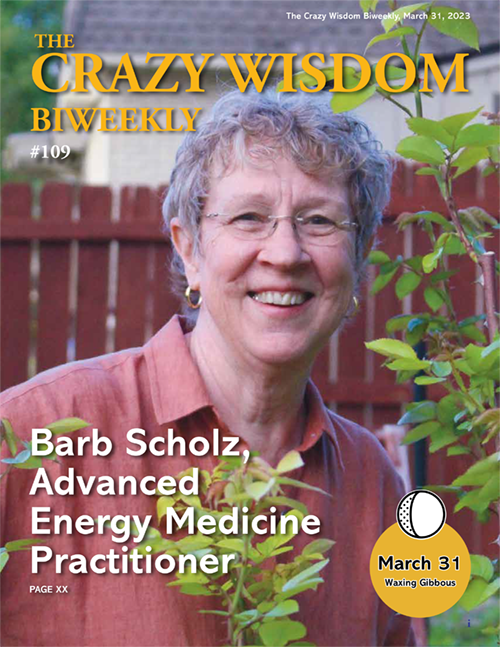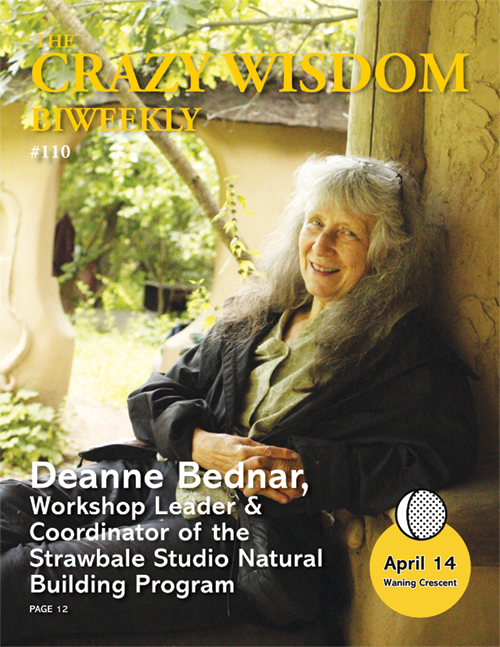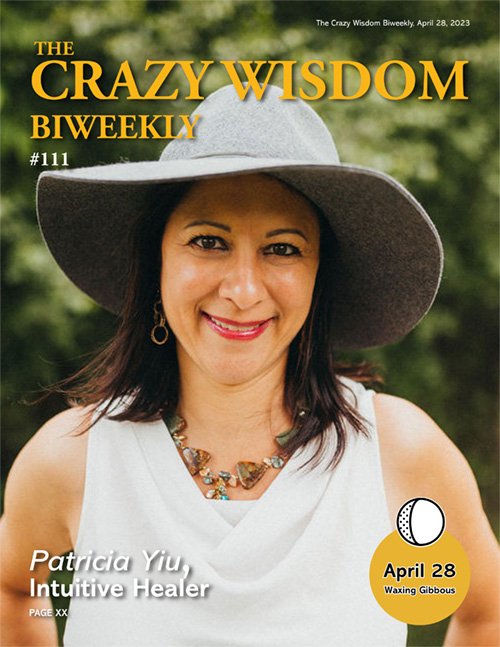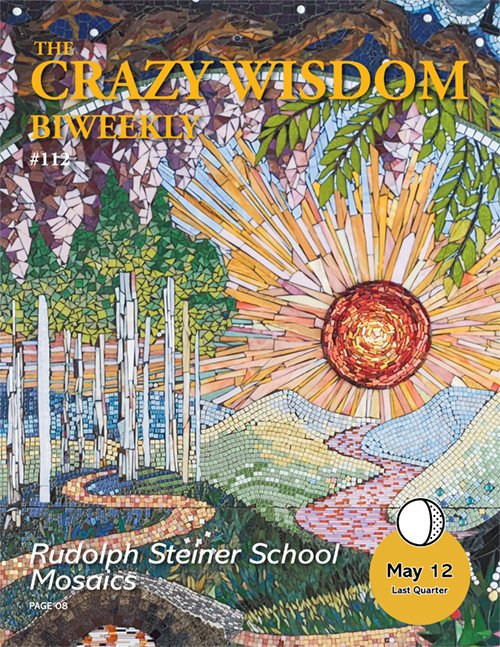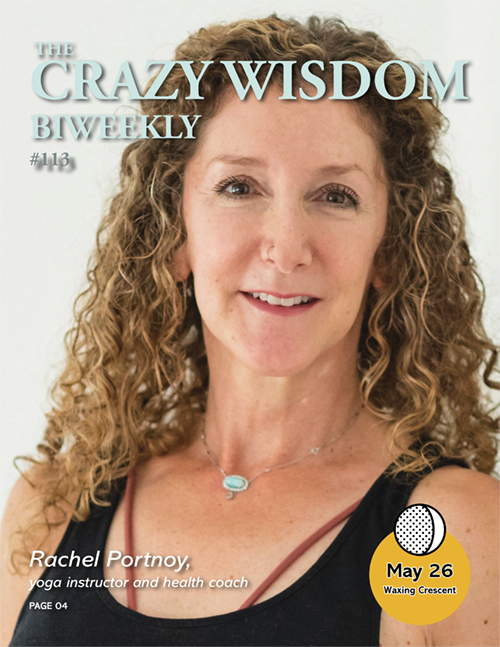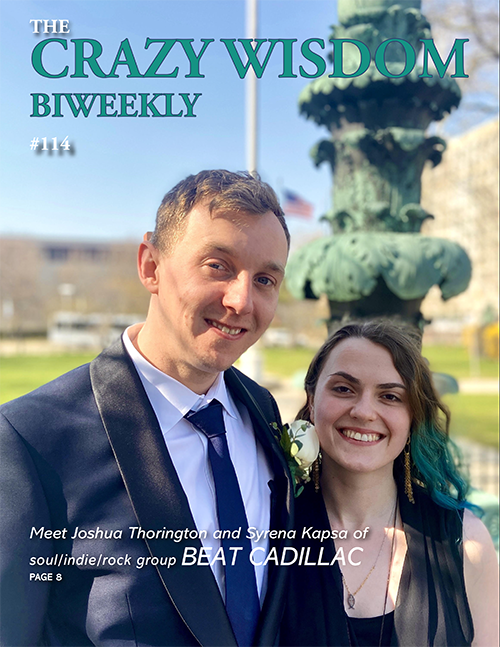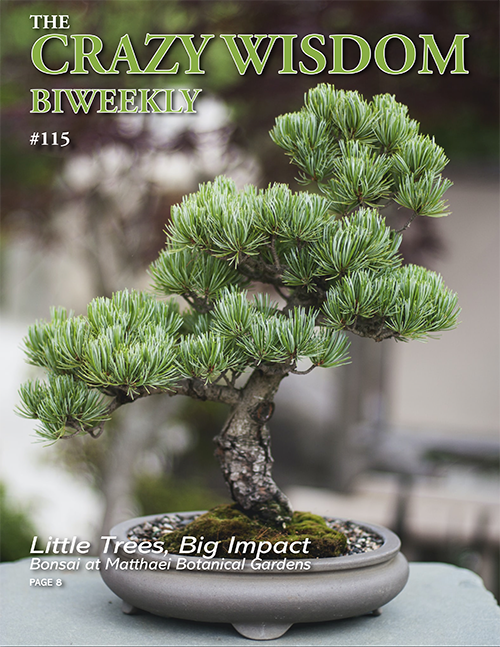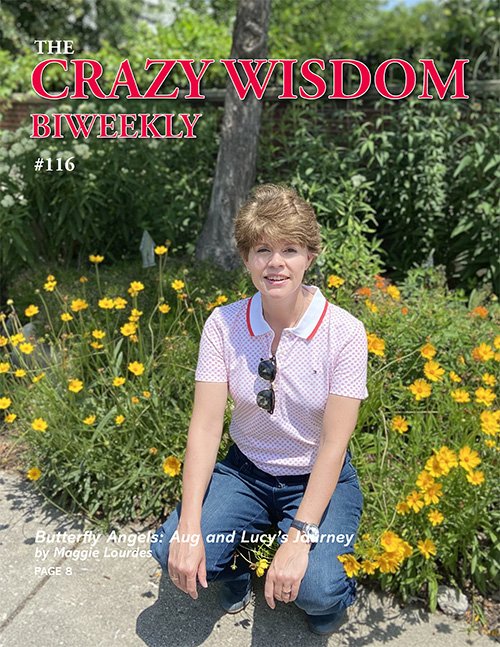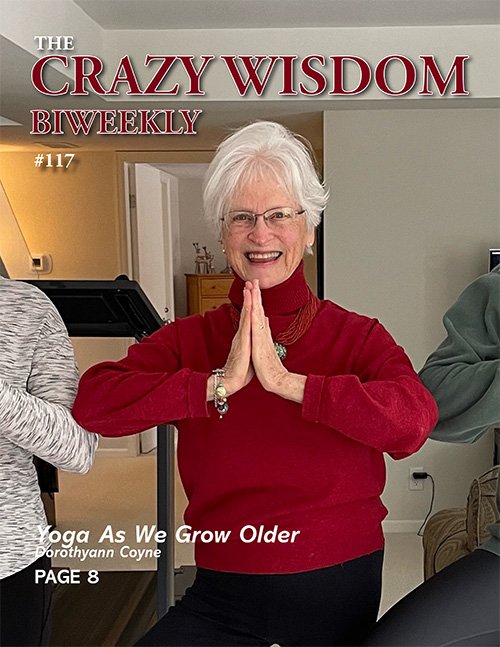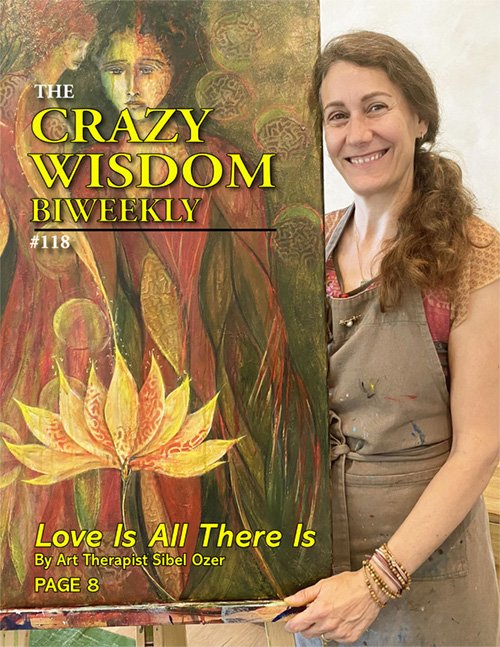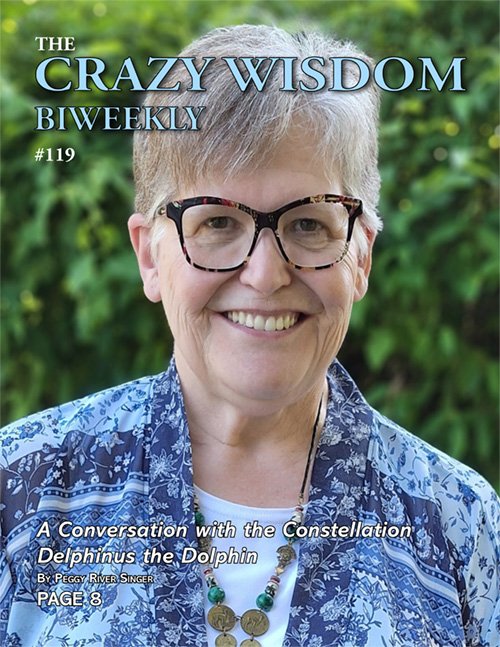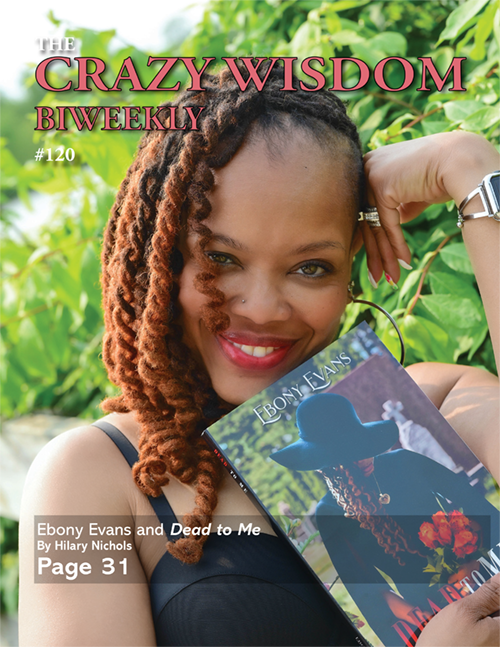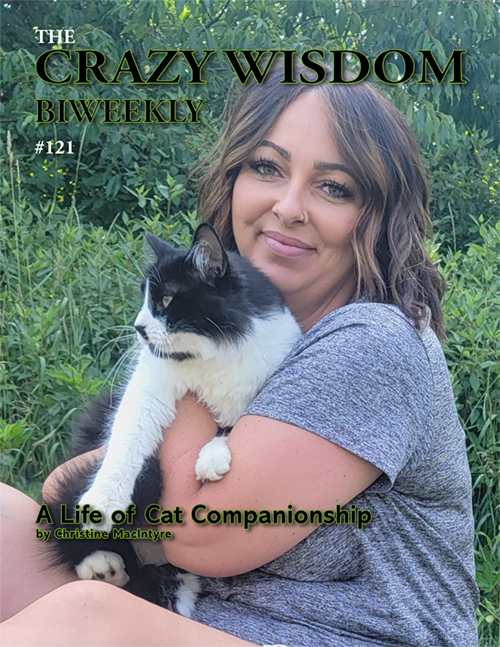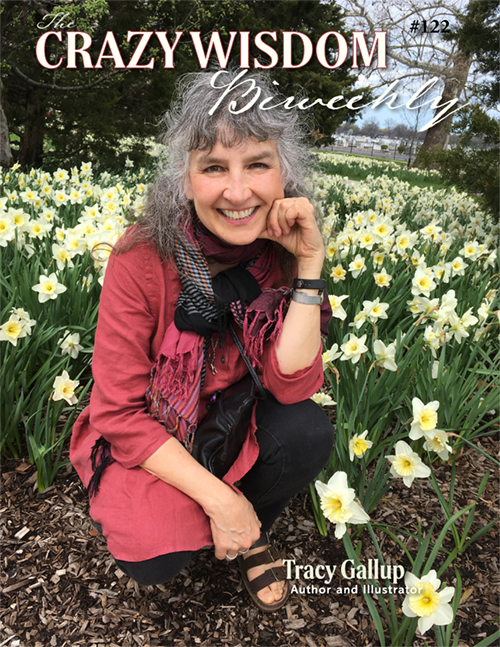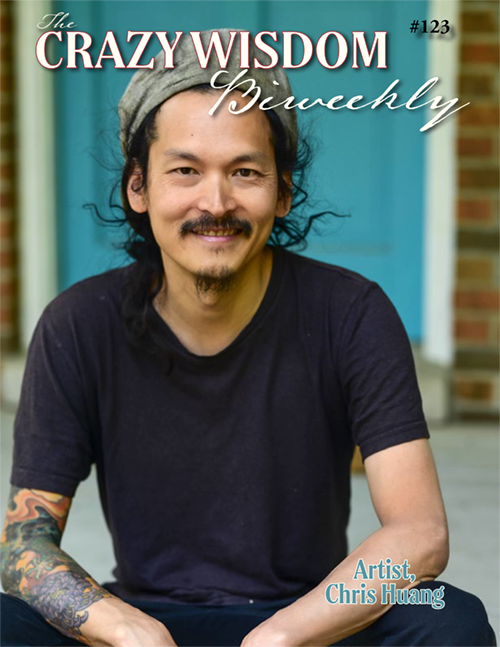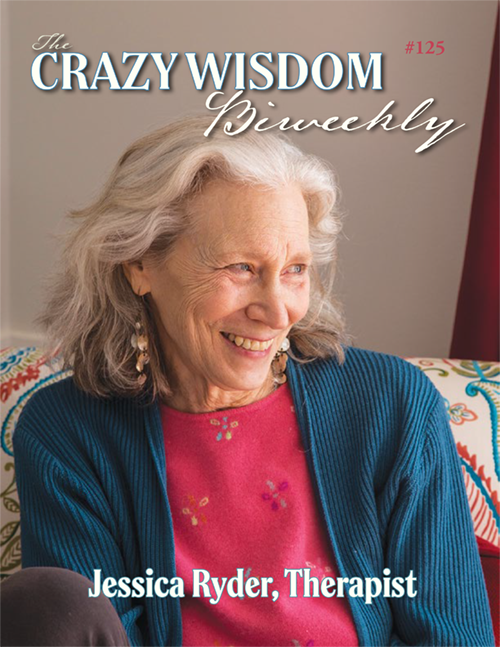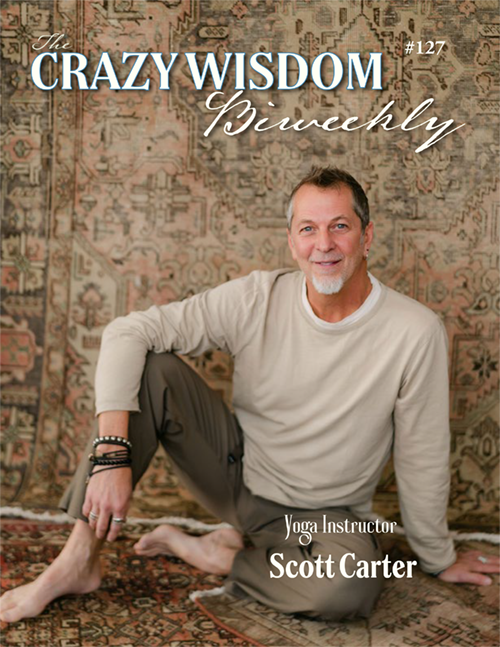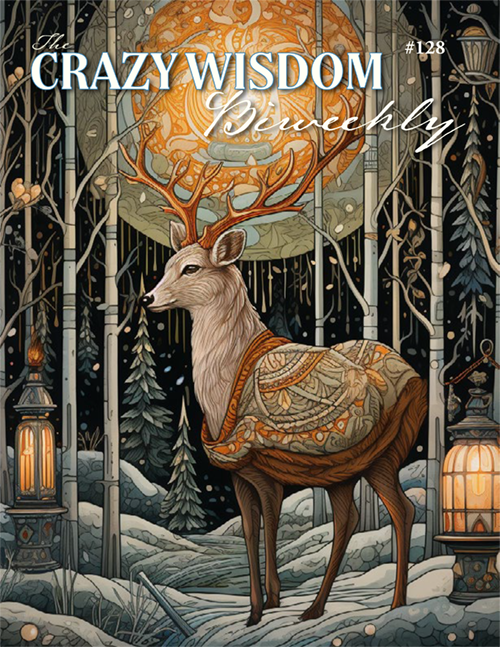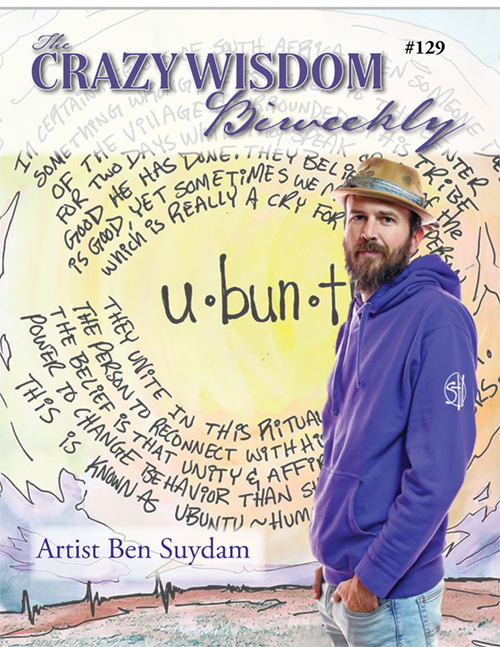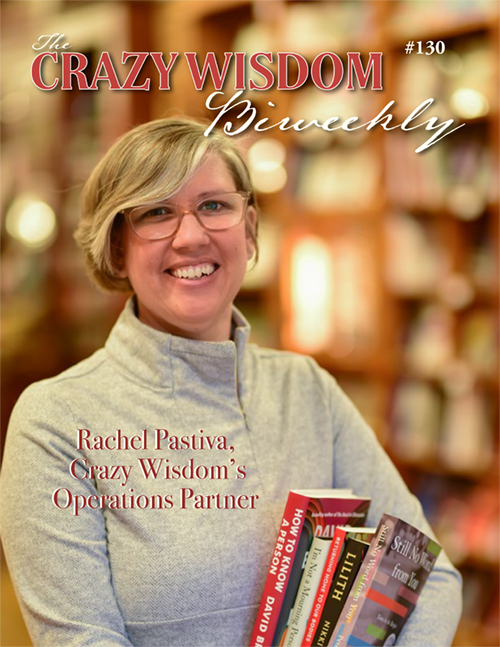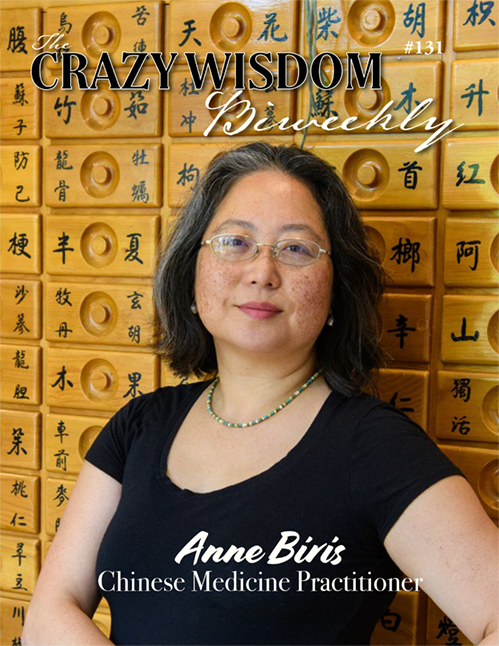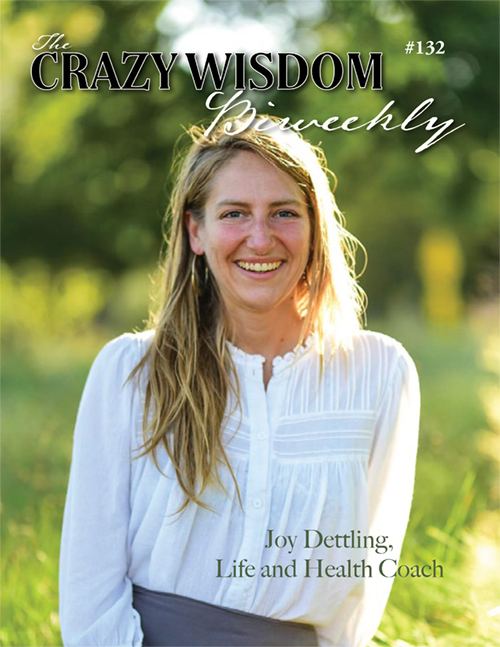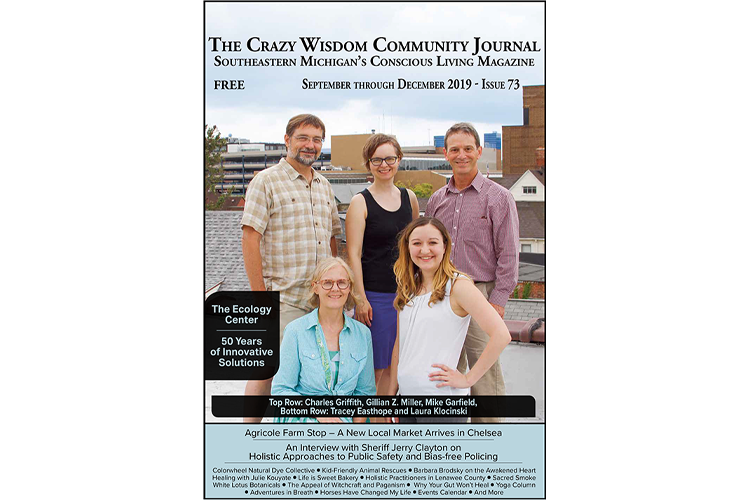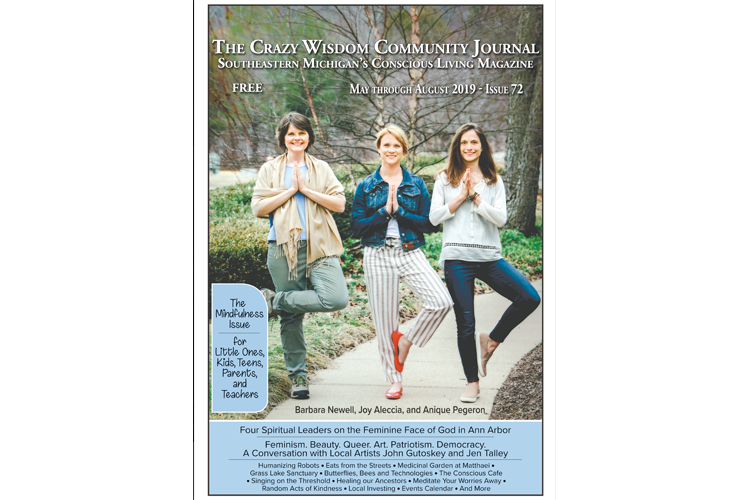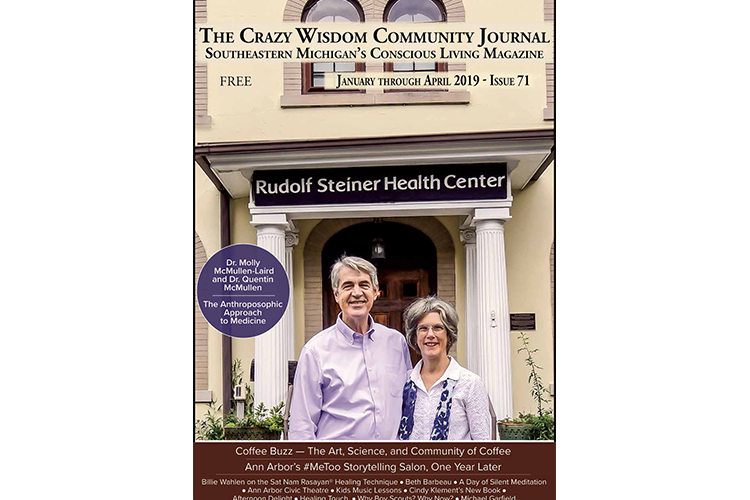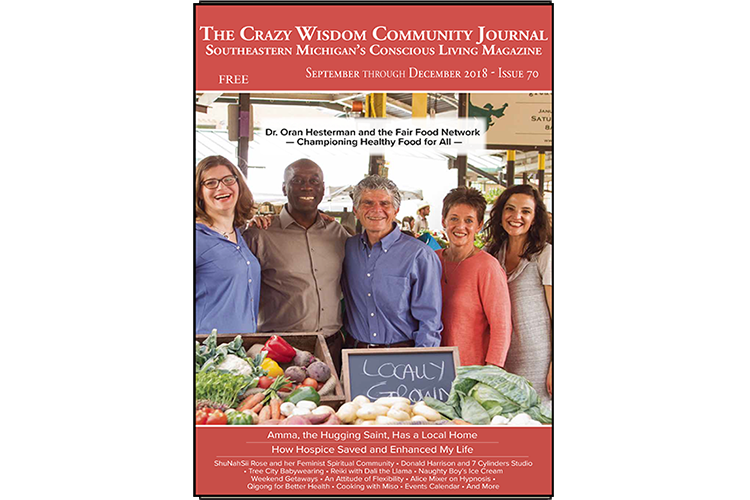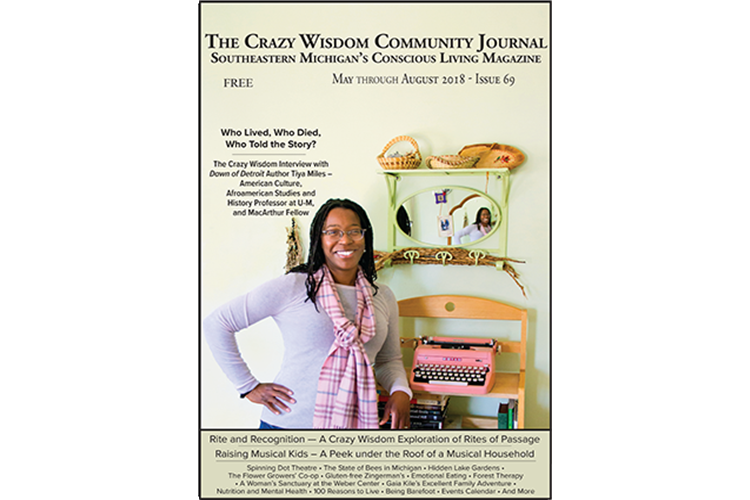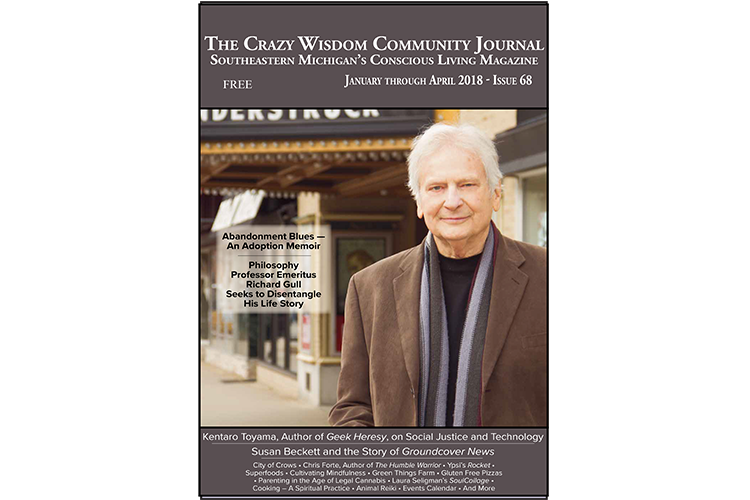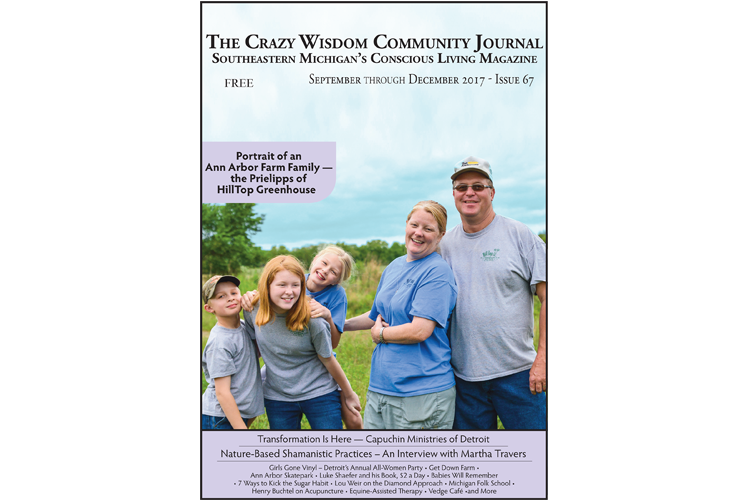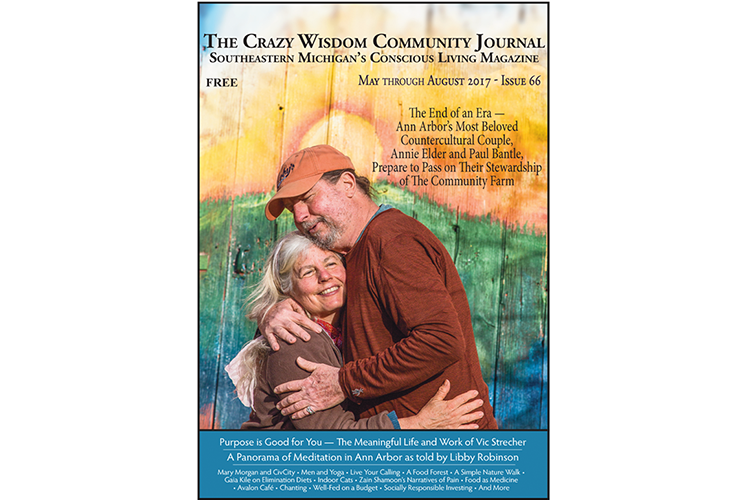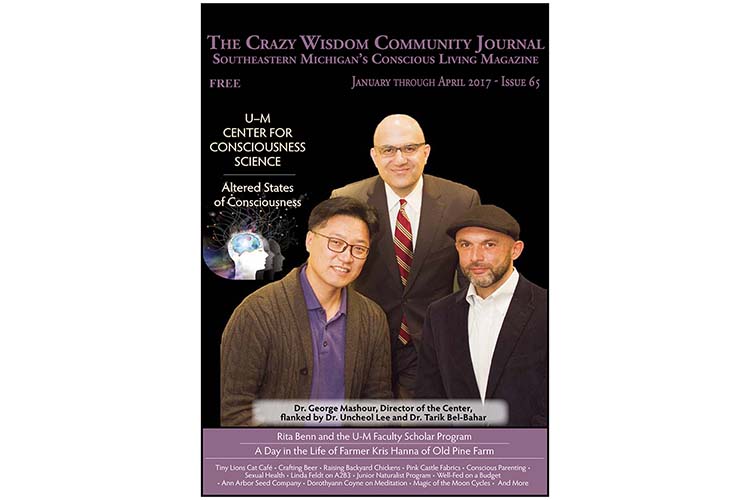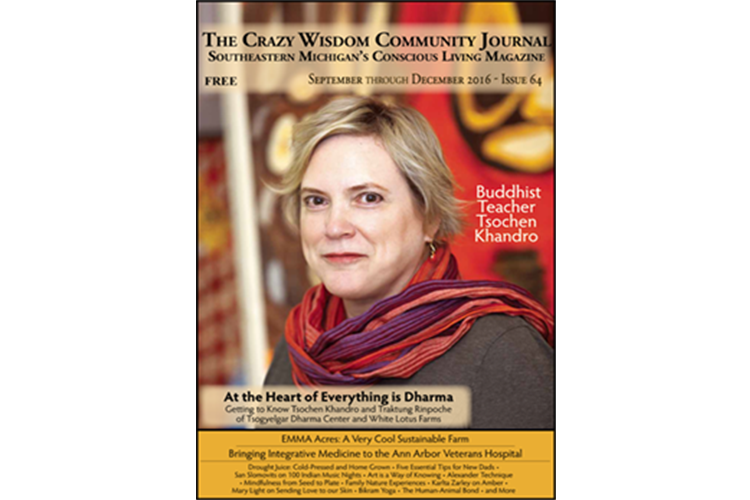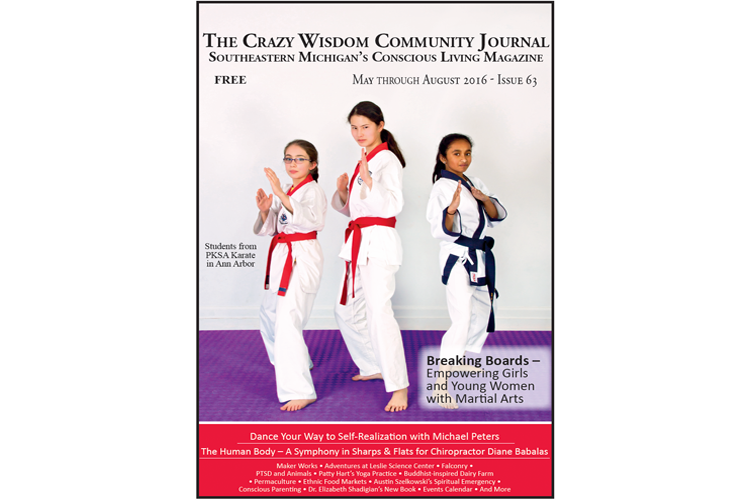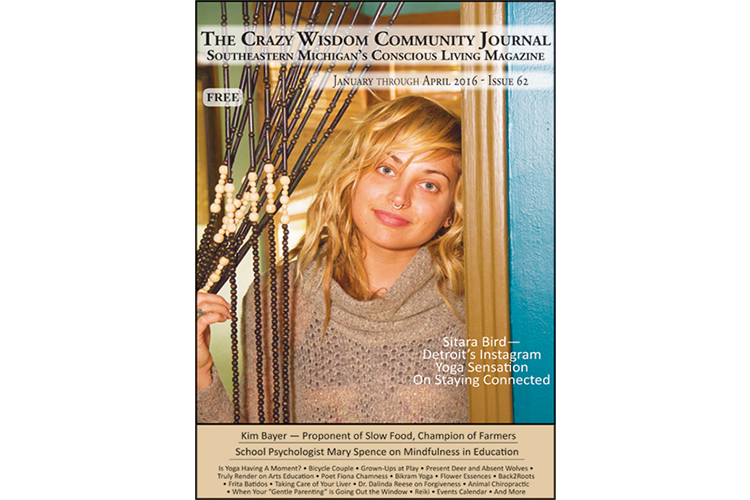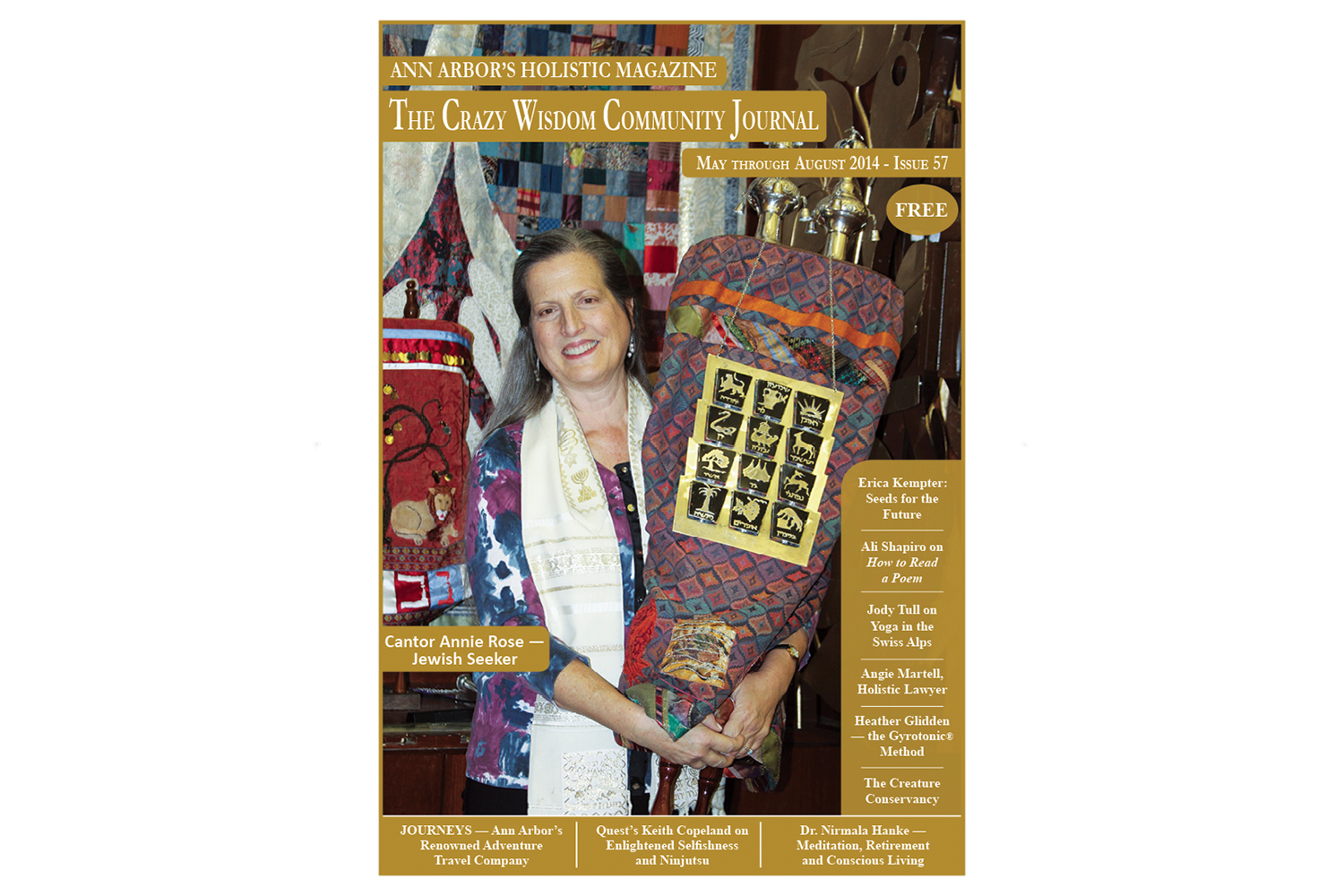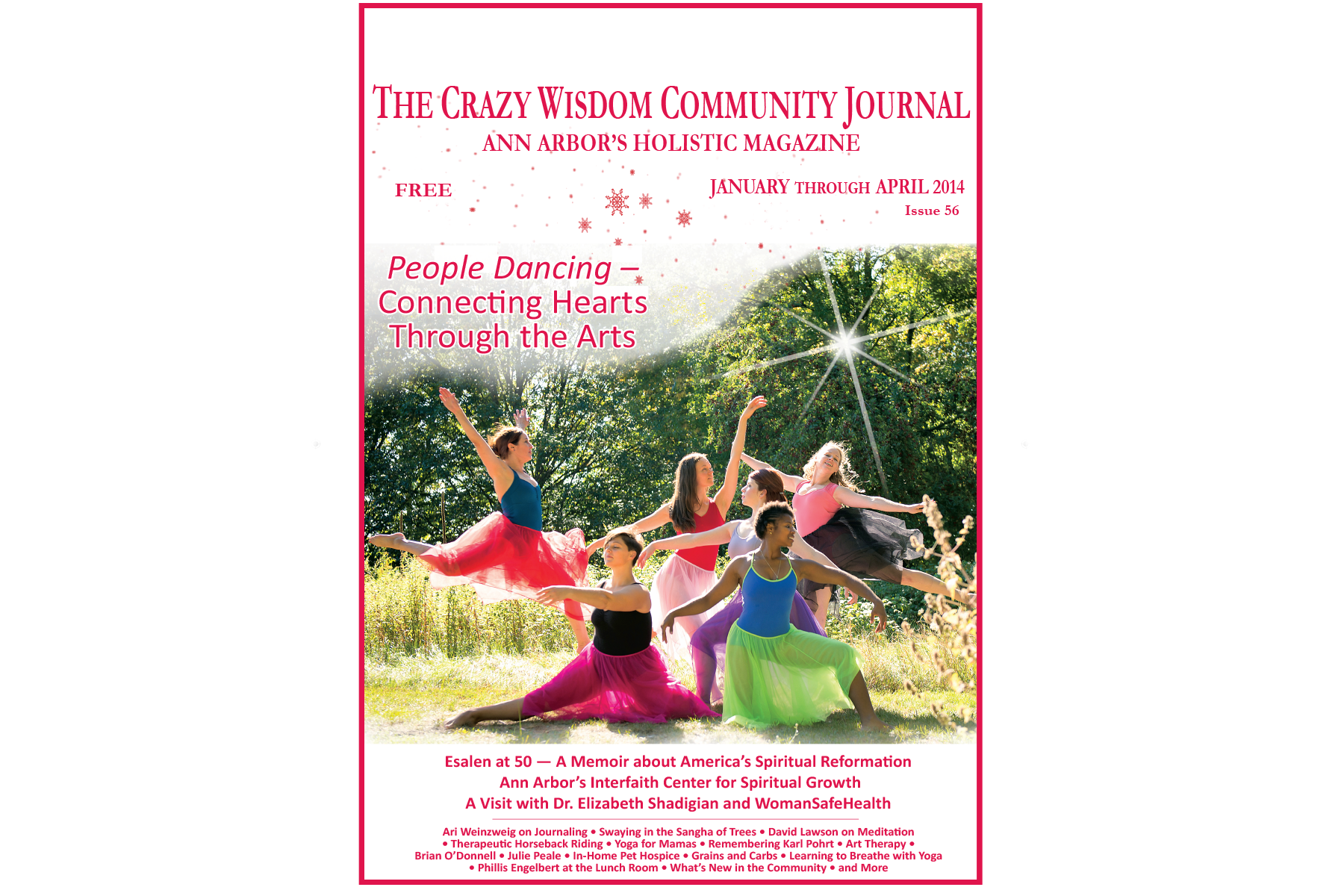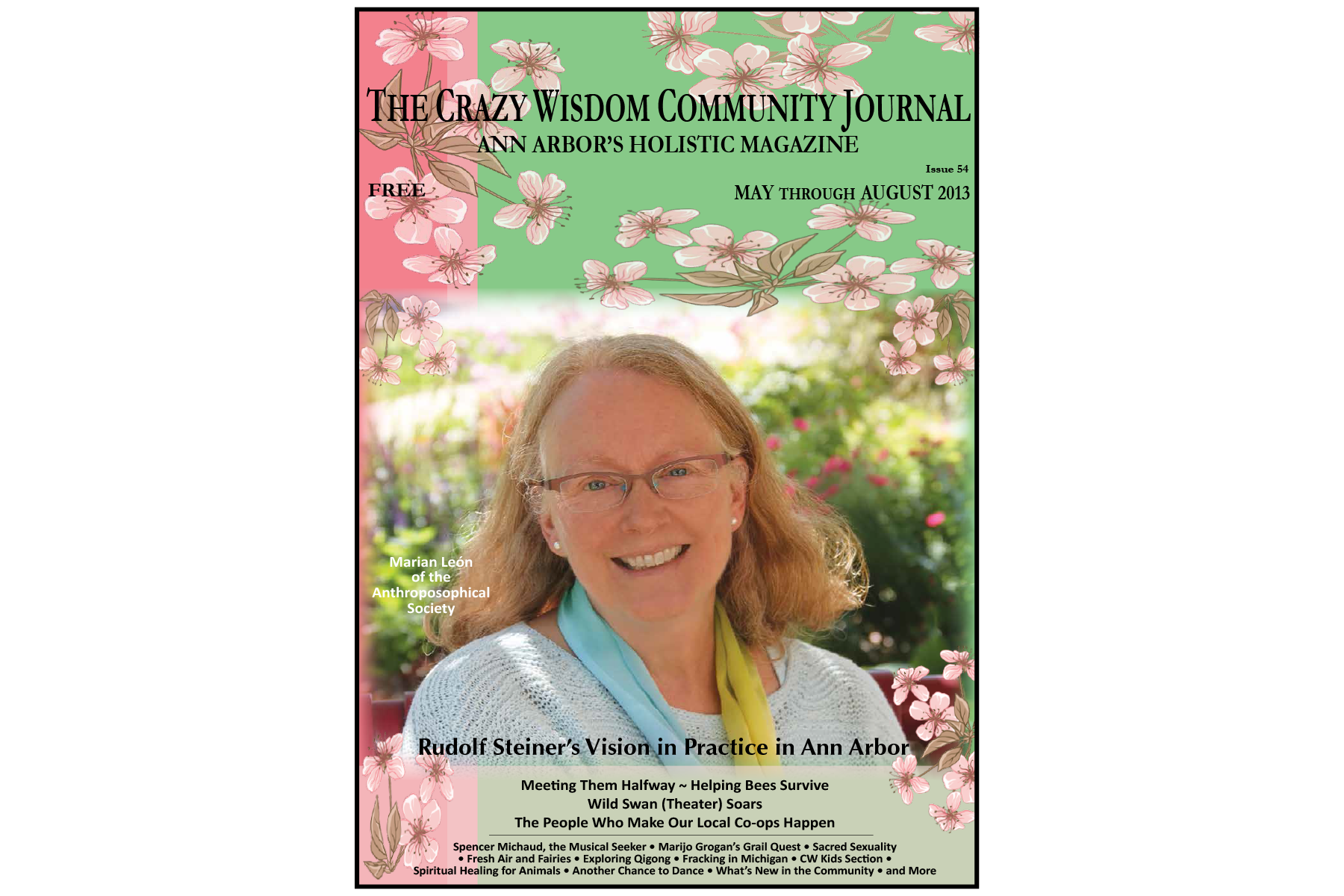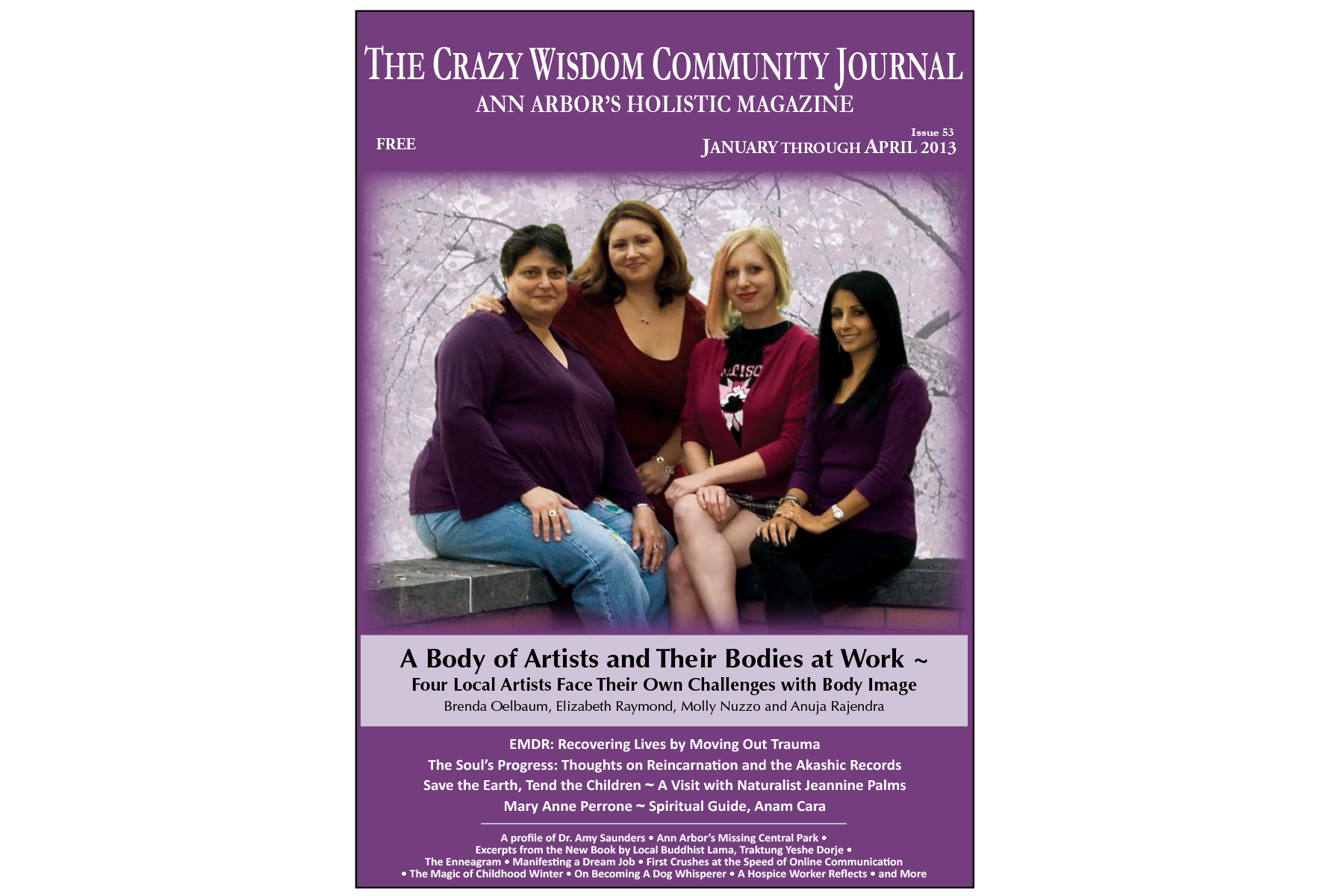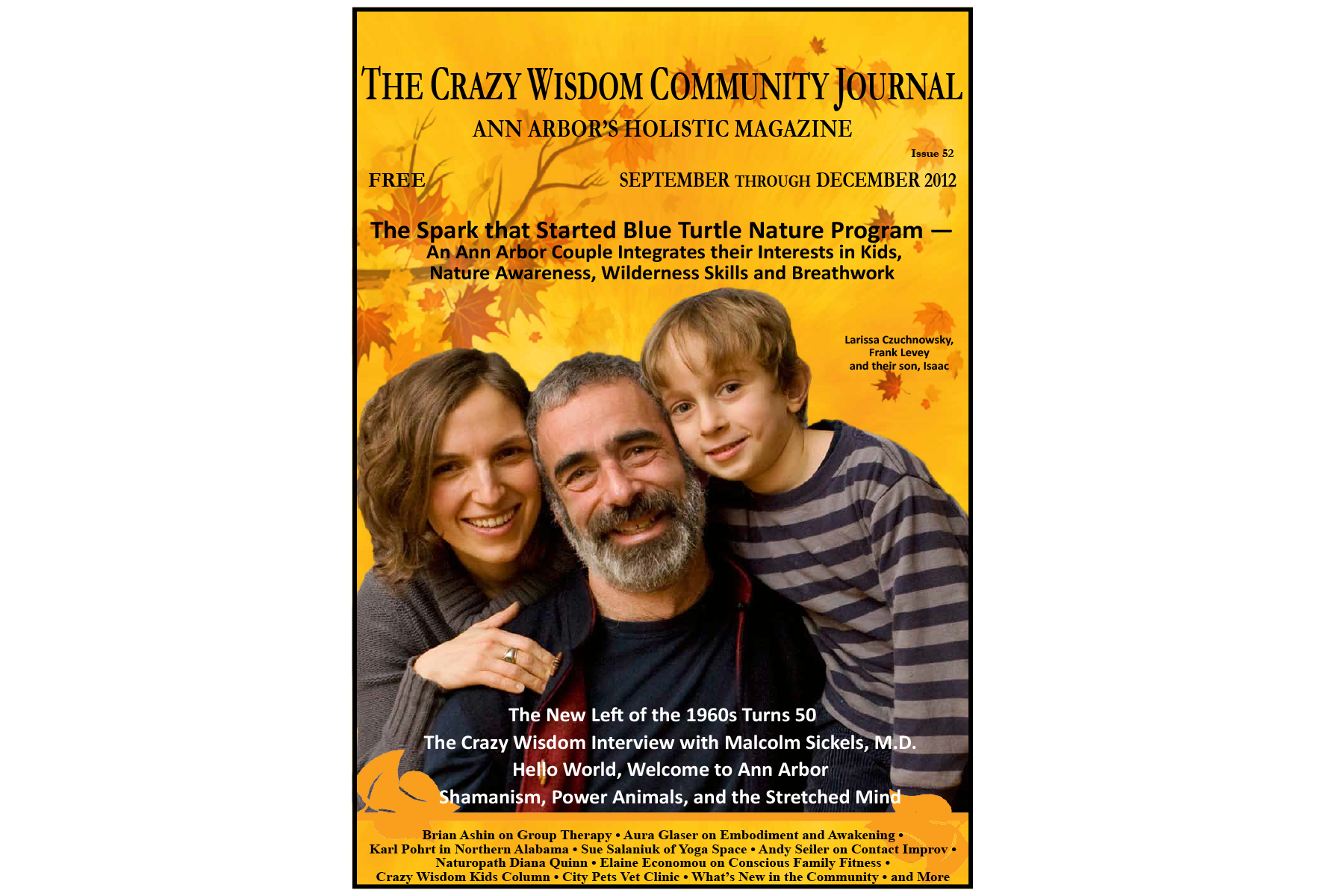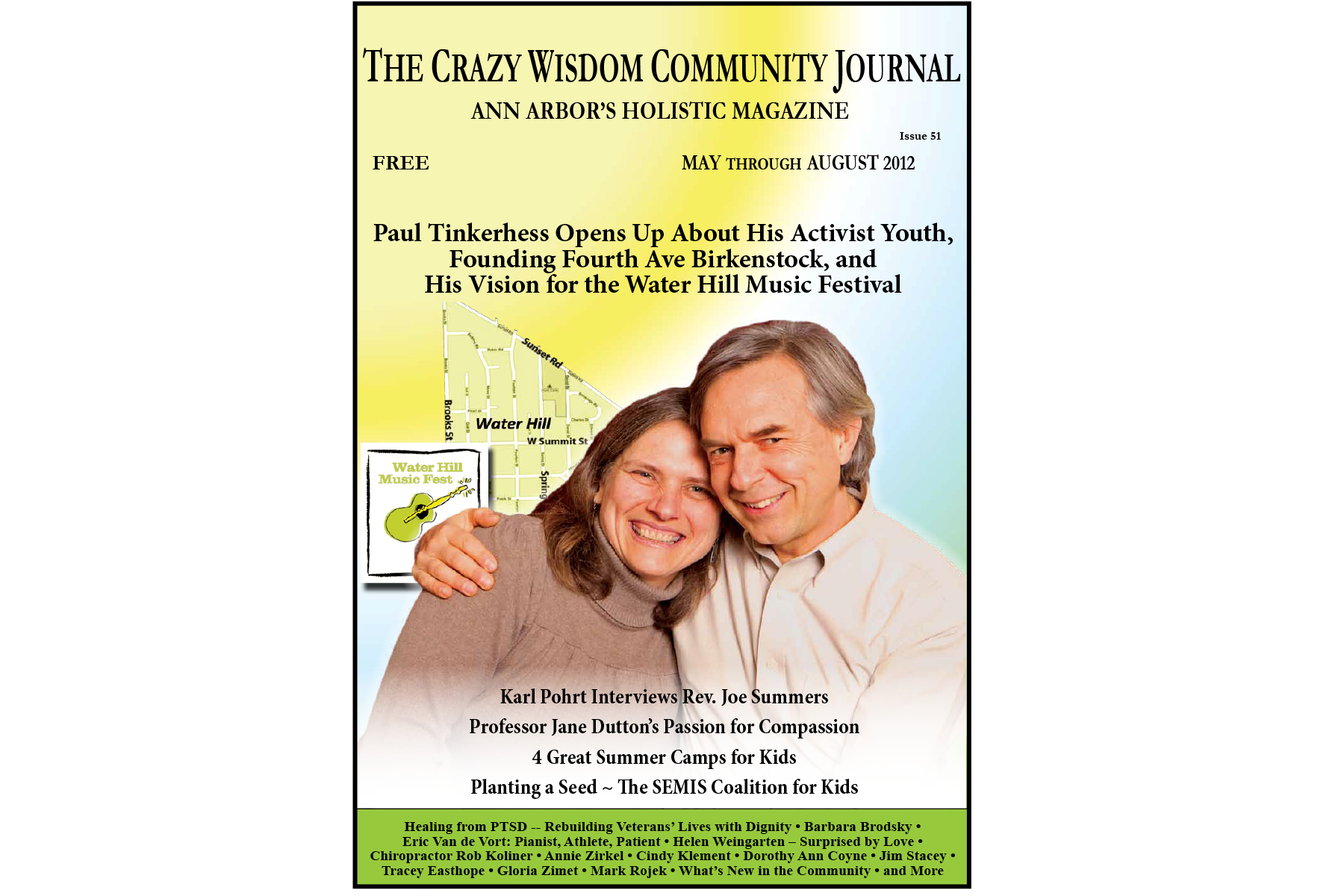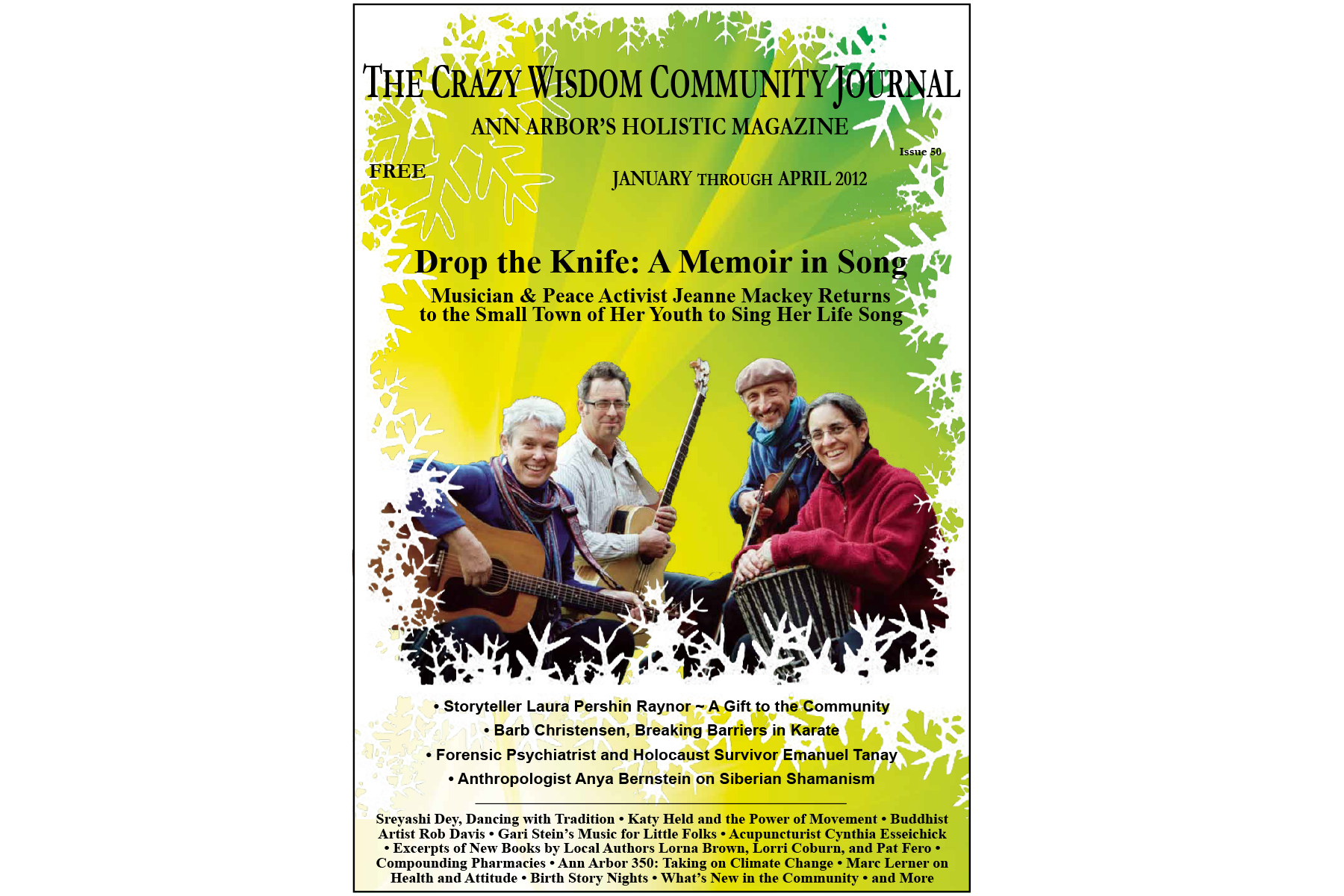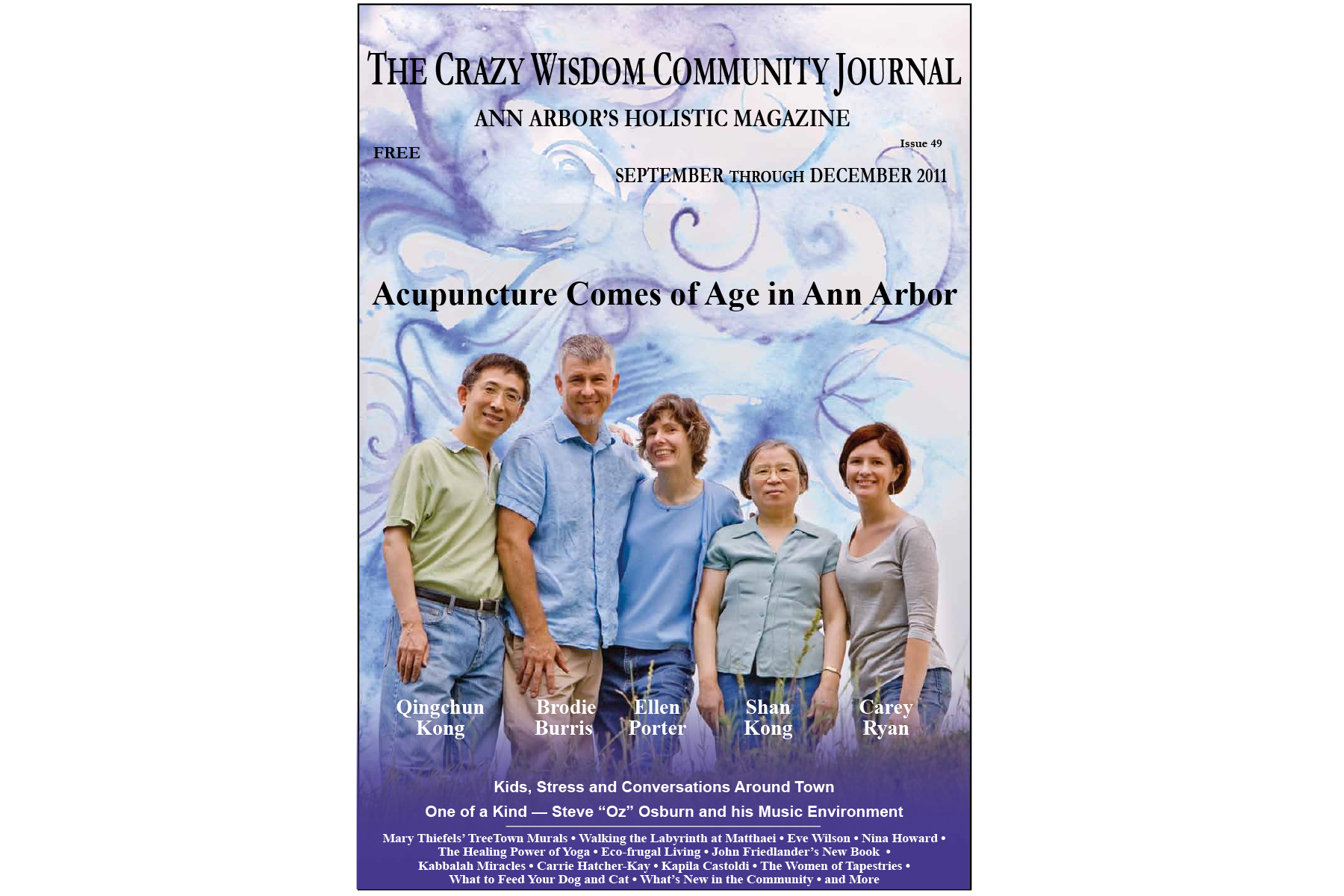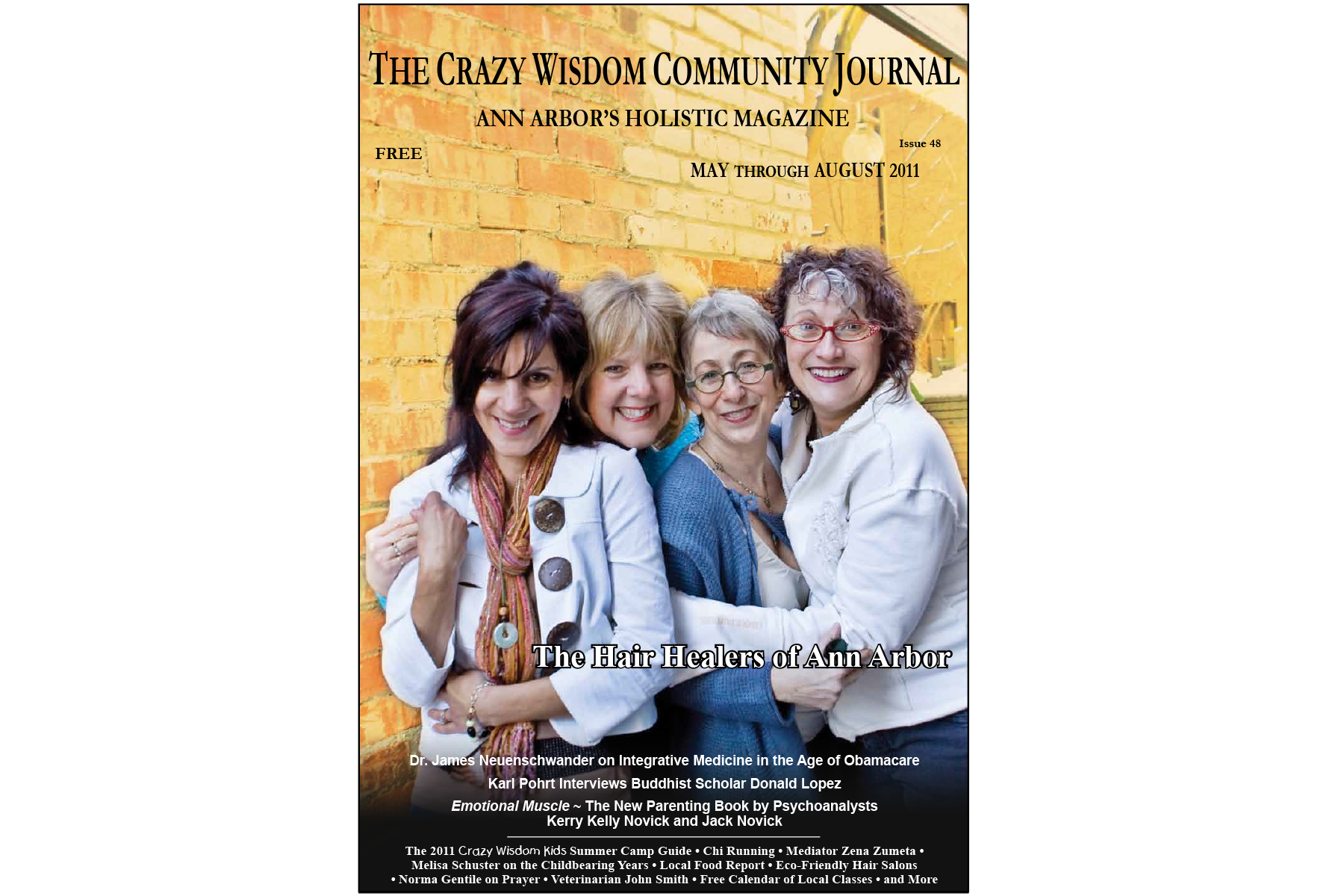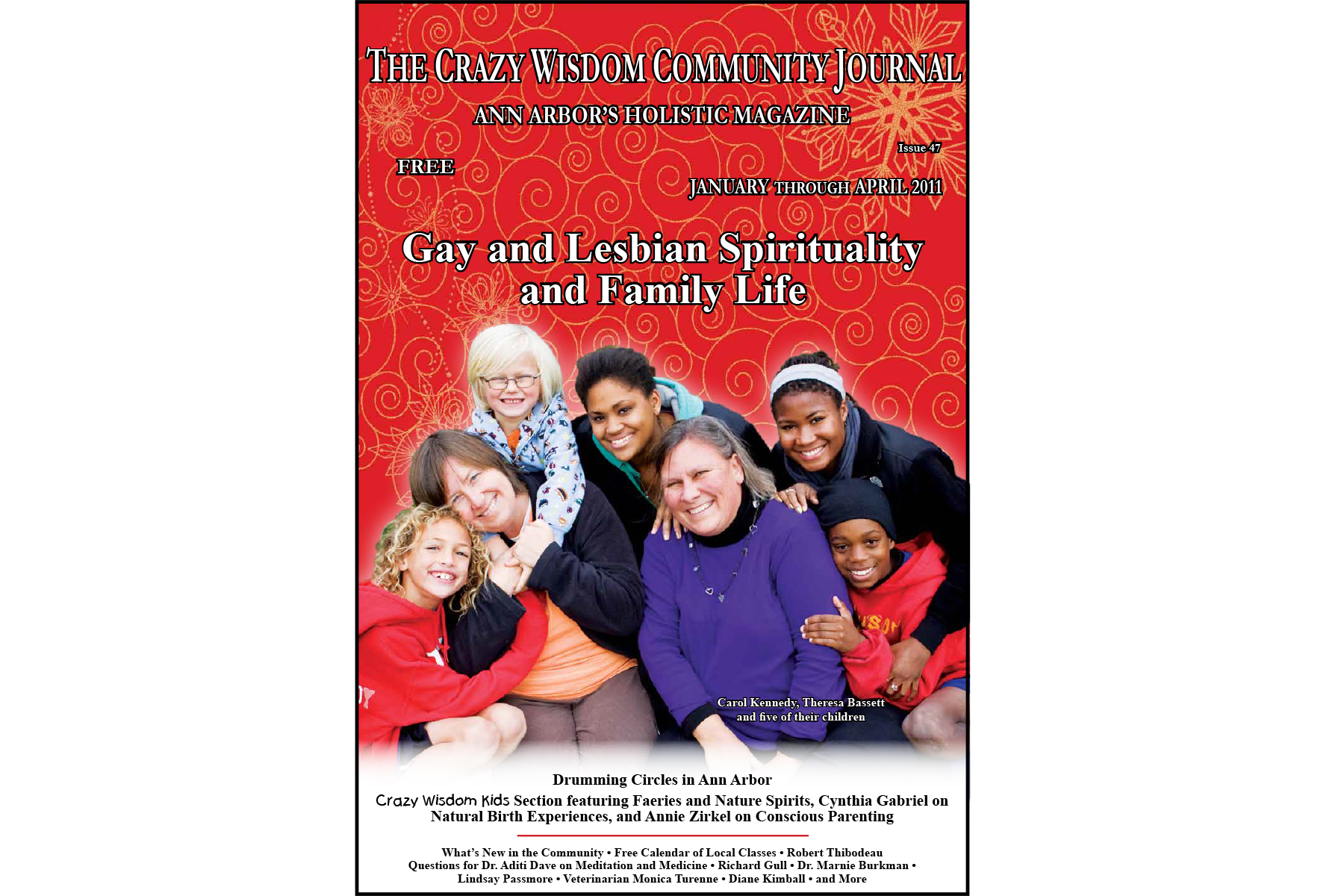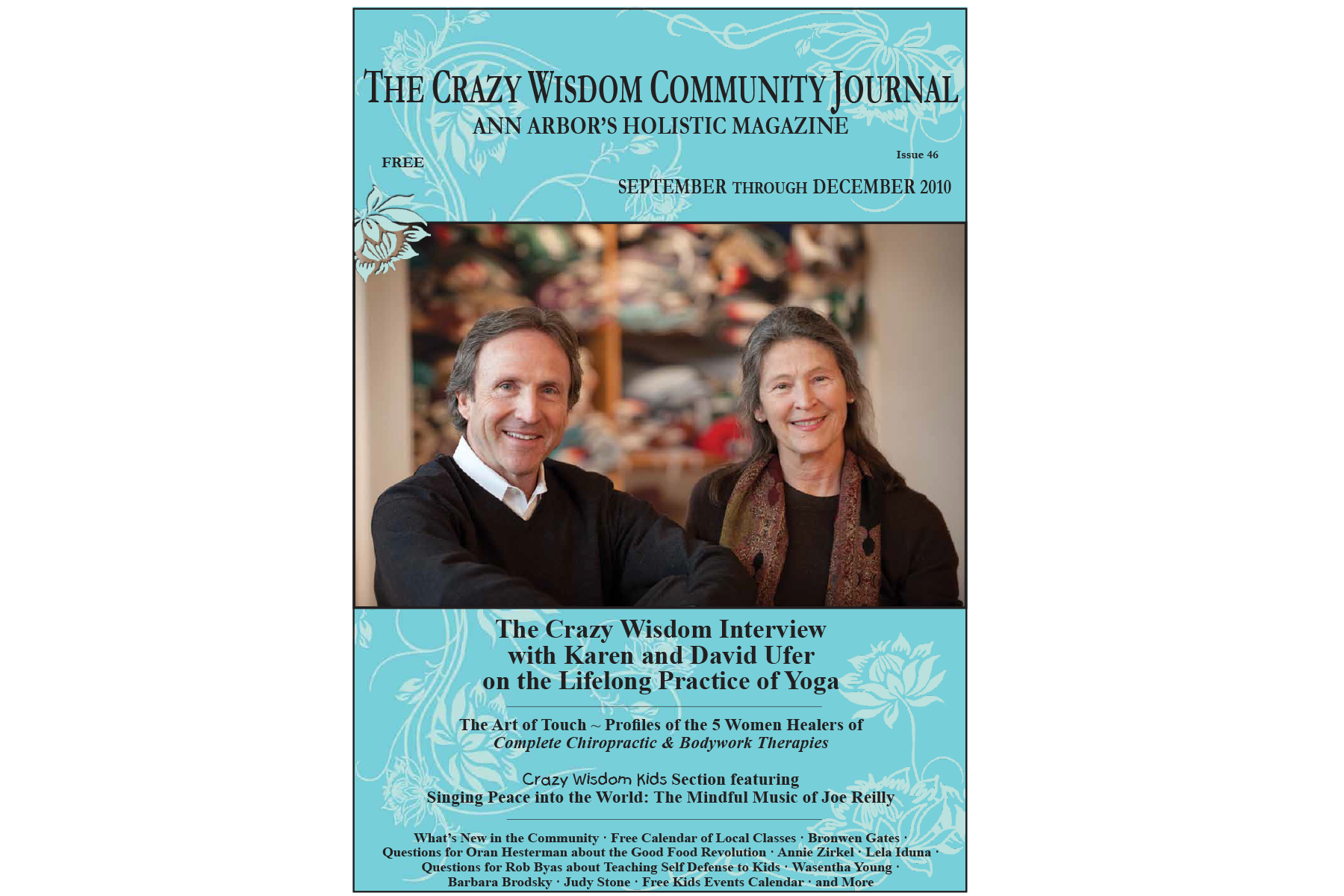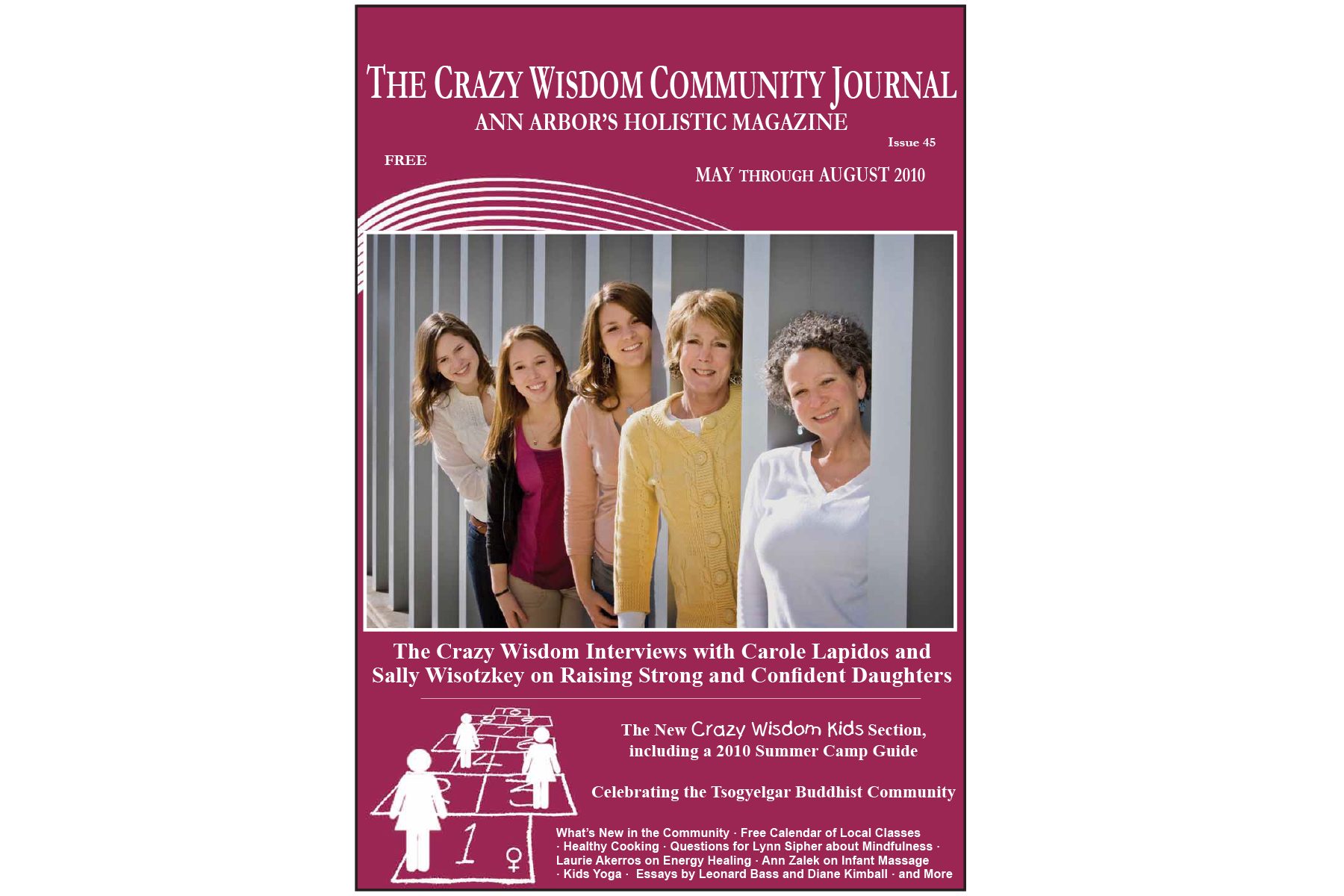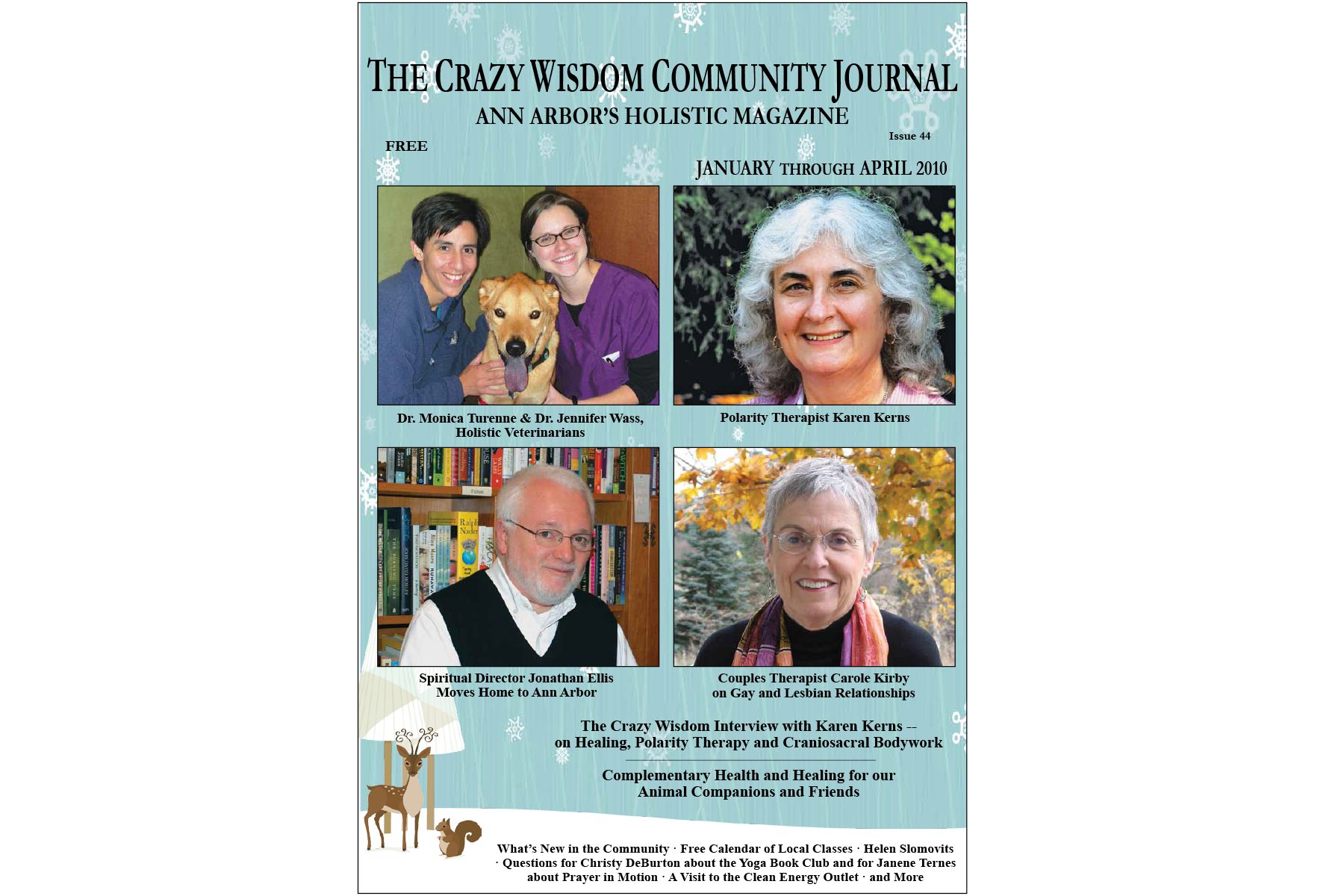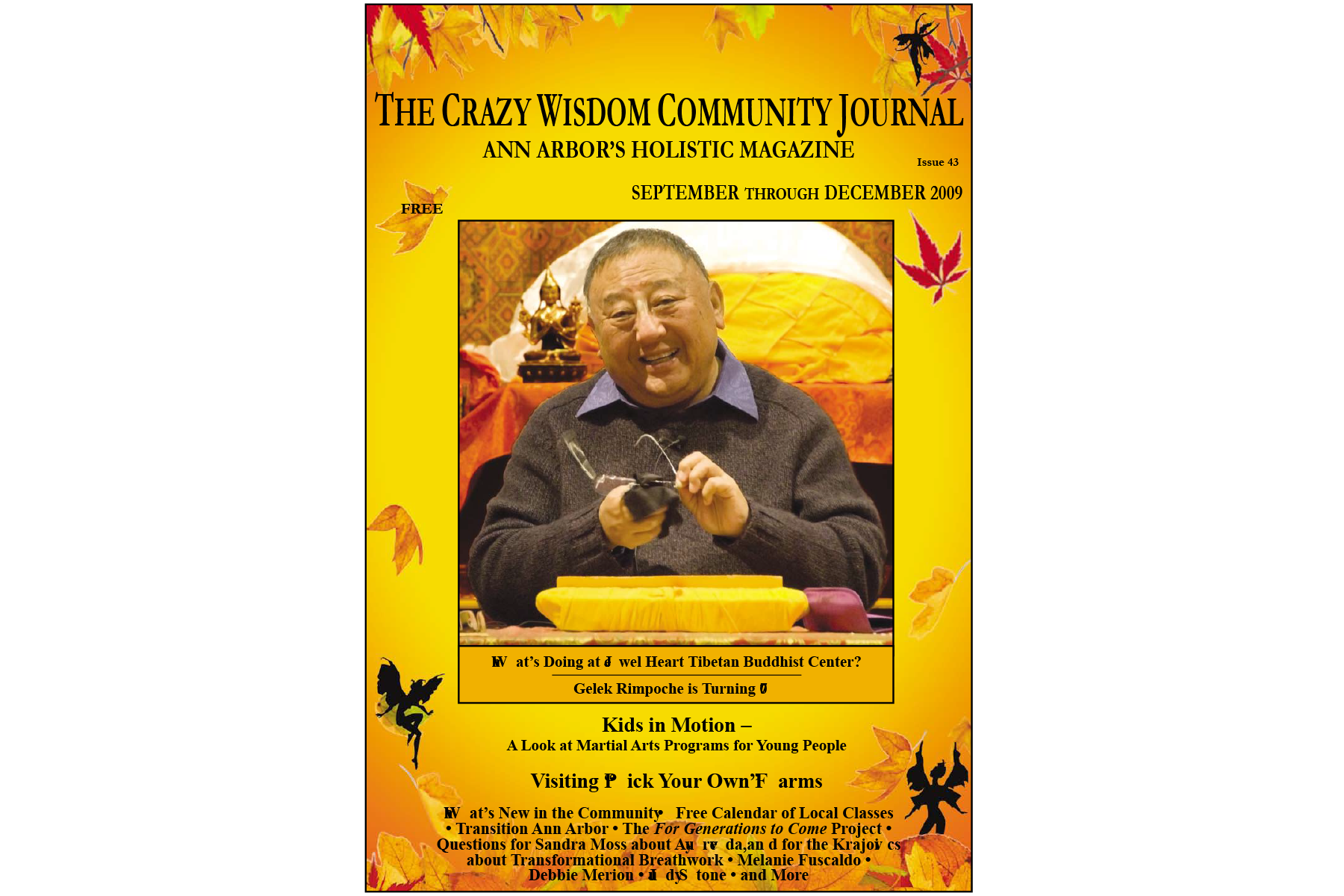This is the story of Margot, a recently rescued tuxedo cat, and how she curled up in my heart and broke it open.
What if You Are the Plucky Comic Relief?
I’d like to think I’m a relatively bright person. By traditional measures, this is certainly true. I have a wall full of degrees and fond memories of being a professor to prove it. And yet, I continue to surprise myself with the levels of idiocy I am capable of. I’m thinking about this right now as I can’t swallow, having tried to gulp down near boiling, extra spicy kimchi soup that I overheated in the microwave. So far, I’ve been too embarrassed to go to the doctor on this one, but I’m pretty sure I have second degree burns on my upper palate and throat.
Book Review: Wild, Willing and Wise: An Interactive Guide for When to Paddle, When to Rest, and When to Jump Naked into the River of Life
HeatherAsh Amara’s Wild, Willing, and Wise: An Interactive Guide for When to Paddle, When to Rest, and When to Jump Naked into the River of Life is a profoundly introspective and empowering book that invites readers, particularly women, to embrace their wild nature, cultivate courage, and grow into wisdom. Known for her teachings in feminine empowerment, Amara has crafted a guidebook that seeks to awaken the primal, creative, and compassionate spirit within. This book blends self-help with spiritual exploration, challenging readers to step into their true power by balancing freedom, bravery, and deep knowing.
Book Review: How Are You, Really? By Jenna Kutcher
In How Are You, Really? Jenna Kutcher explores the often-overlooked question of how we are truly feeling. She encourages readers to reconnect with their authentic selves and live according to their values, joys, and rhythms rather than societal expectations. The book resonates deeply with people at various life stages, offering a much-needed invitation to stop and ask, “How are you, really?”
Fall Into Fitness — Seven Fun Ways to Ease into Fitness
Do you remember when you were a child and you watched mom or dad rake all the orange, yellow, or brown leaves scattered on the lawn into a pile? I remember how that pile was as high as my waistline (now I can’t even see my waistline), and it was just waiting for me to fall into them. And I did. Nowadays, I think of fall as a great time to refocus on fitness.
The Wisdom of Depression
If you would have told me eight years ago that my depression held wisdom and had something to teach me, I would have thought you were crazy. Like driving down Main Street on game day crazy. That's because I was smack in what I call my "Dead Decade." From age 18-28, I was depressed, and I mean depressed. I was certain depression was the worst thing to ever happen to me because it had destroyed my life, sabotaged my promising professional career as the lead singer of a rock band, and left me in ruins.
Dying to Wake Up
Though Boo wasn’t my “real” grandfather I could not miss the realness of his final days. Despite the sticky doorknob, the smell of last week’s lunch, dead flowers, and the junk pile obstacle course, I made my way to his bedside. The clutter used to spark an uncomfortable itch throughout my body, but I’d accepted it. His 98-year-old body was tired, but his spirit was very much alive as he pondered the end.
Book Review: Stolen Focus: Why You Can’t Pay Attention—and How to Think Deeply Again by Johann Hari
In an age characterized by ceaseless distractions and a relentless assault on our attention spans, Johann Hari’s thought-provoking work, Stolen Focus: Why You Can’t Pay Attention—and How to Think Deeply Again, emerges as a timely and illuminating exploration of the modern cognitive landscape. In a world where the stimulating call of smartphones, social media, and constant connectivity beckons incessantly, Hari navigates the turbulent seas of our digital age with insight and personal resonance. The narrative provides astute observations, practical wisdom, and the hope that we can reclaim the ability to think deeply and engage meaningfully in our world.
The Role of Our Autobiography in Our Present and Future Life
Our past deeply impacts our present. Our childhood experiences have a huge impact on how we view the world today. We are deeply influenced, for better or worse, by the dynamics in our family, our religious upbringing, our cultural experiences, any bullying or trauma we endured, and the list goes on. All of these experiences are part of our autobiography and influence how we behave, think, and feel. In addition, how we experience life today, will impact how we experience life tomorrow.
Learning From Our Year Round Birds
Whether you enjoy watching birds flit about casually, are a dedicated birder, or keep a bird feeder going, it is likely some of our beautiful year-round birds have caught your eye on more than one occasion. For centuries, humans have observed birds for signs and omens (called augury or ornithomancy) as well as told stories illuminating the lessons birds carry. Birds have a wealth of wisdom to share with us, and this article highlights several of our year-round winged teachers who can be called on at any time in our hearts and, with some bribing, in our yards. These Michigan loyalists are the Black-Capped Chickadee, the Blue Jay, and the Northern Cardinal.
Finding Myself Through Human Design
On New Year’s Eve 2020, I was feeling a lot of pressure about choosing a career path. The pressure came from my partner of six years, Jake. He was frustrated that I could not just choose a career and stick with it. He couldn’t understand that I no longer wanted to work a traditional job and felt burnt out. I felt like I was living in the movie Groundhog’s Day. No matter where I worked, I always found myself in the same situation. Either the boss would not understand me and become angry or frustrated, or if it was not the boss, it would be a co-worker. Every traditional job I had seemed to chew me up and spit me out. I would find myself in a pattern of staying for about two years before the environment became toxic, and I would hop to the next job. I never understood why this would happen. I was a hard worker, friendly, and did my best, but it did not matter. I was stuck in the same cycle.
Out of My Comfort Zone: Dare to Be with Lauren Crane
I look at a comfort zone like a backyard garden. Plant seeds—let’s say tomato—in rich soil and they’ll grow in fat and juicy abundance. Really cool, you say, this will be my tomato patch forevermore. Not so fast. If you keep planting the same crop in the same plot season after season, you’ll deplete the soil and, sadly, your bushel basket will be bare. But throw in parsnips the next year, plug in peas the year after that, and you’ll keep the soil balanced and fertile, ready for the next good thing. I’ll stop pretending that I have a green thumb and get to the point of this metaphor.
A Walk Within and Beyond: Labyrinths Lead the Way
The bright service-blue sign simply stating “labyrinth” caught my attention as I was driving by St. Barnabus in Chelsea, MI. It was on my literal path, thus destined to be part of my journey that day. Suffice it to say at the start of our walk together in this article, when I stood at the entrance of this 11 circuit, 40 foot labyrinth, I felt a mystical buzz. I was about to embark on a new spiritual entry point.
Out of My Comfort Zone: Living Outside My Comfort Zone
Upon reflecting on “a single time” that I have moved outside of my zone of comfort, I am somewhat stumped. I realized while considering this topic that I virtually live outside of my comfort zone. My life is what I call “living on a prayer.” I work in the healing industry and have been a self-employed woman for well over 20 years of my 23 years of healing service.
Pulling Weeds in Crow, Montana
I was viscerally aware, that the United States of America, with the help of the Supreme Court, has broken every single treaty it signed with our indigenous siblings. The Supreme Court recently has upended environmental law. Fire season in the dry, western states has begun. I think about Jackie Whisperstep and the fragility of her house given the heartiness of the weeds that grow too near it. And I long to go back, to stand with those to whom we made promises we did not keep.
Staying the Course: Committing to Love for Life
The world we live in today is filled is so many uncertainties. Social and civil unrest, uncontrolled gun violence, and the never-ending saga called the Coronavirus, are all changing the lives we knew. All these factors are changing nearly every day—sometimes, by the minute. One thing we can guarantee won’t change is love. No matter who your love partner is, knowing how to love and who to love is very important. More important than that is knowing how to stay committed to the one you love.
The Modern Lost Boy--Balancing Inner Divinity
As I drove down a familiar road on a particularly sunny August day, I stumbled upon a sign just at the edge of the street that read, “discipline equals freedom.” Ironically, this inspirational motto was posted by a storage facility on Ann Arbor’s southeastern tip. Even more interesting, this seemingly insignificant board would almost instantly redirect the course of my life— dramatic, I know.
Do Unto Others--A Modest Proposal
One morning earlier this year, I went to buy tires at a local store I’ve patronized for over four decades. The man behind the counter and I recognized each other, he’s worked there for many of those years. After we said our hellos, I told him what I needed and he said, “I’ve got the tires, but only one guy to put them on the cars. I’m full up today and for the rest of the week.” (This was on a Tuesday morning.) “Come back next Monday,” he said.
Book Review: World of wonders: In Praise of Fireflies, Whale Sharks, and Other Astonishments by Aimee Nezhukumatathil
World of Wonders: In Praise of Fireflies, Whale Sharks, and Other Astonishments is a pleasant read from cover to cover. The lighthearted prose of celebrated poet Aimee Nezhukumatathil reads like a picturesque spring day—a soft breeze, sunlight warming the earth after a long winter, and scents of growth and new beginnings.
The Process of ‘Becoming’ Through the Diamond Approach – As Taught and Practiced by Lou Weir
The Diamond Approach, as taught and practiced by Lou Weir at the Ridhwan School in Ann Arbor, can be likened to the pupa stage of metamorphoses. It is a cognizant, individualized, un-becoming process through active inquiry (psychologically and emotionally). It is a process which transforms students to becoming their most beautiful, authentic selves.
